#St. Philips Church Episcopal West Cemetery
Text
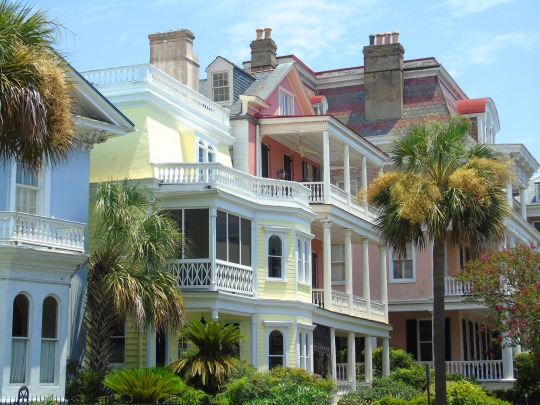
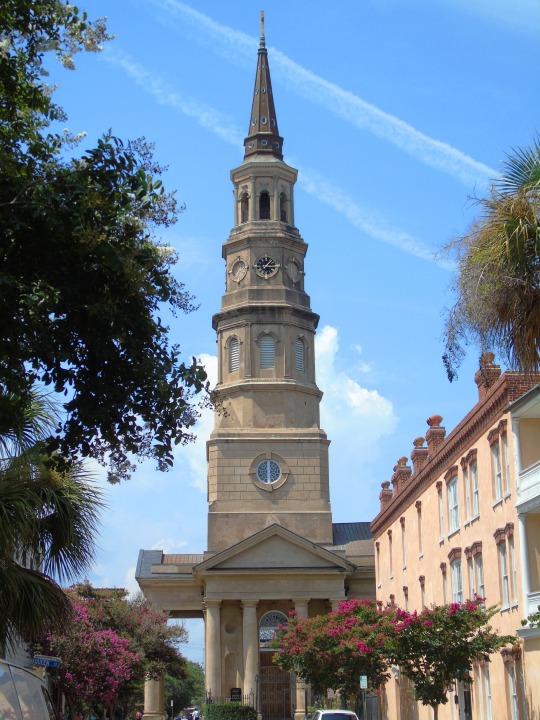
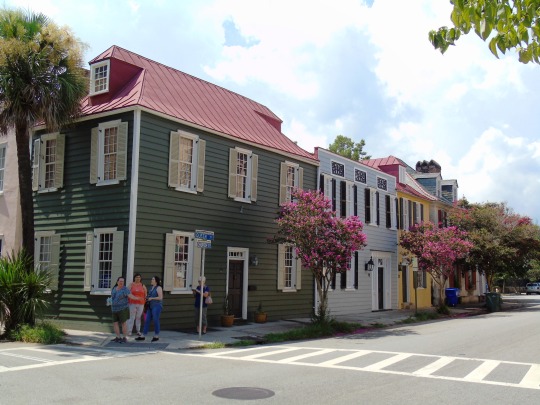
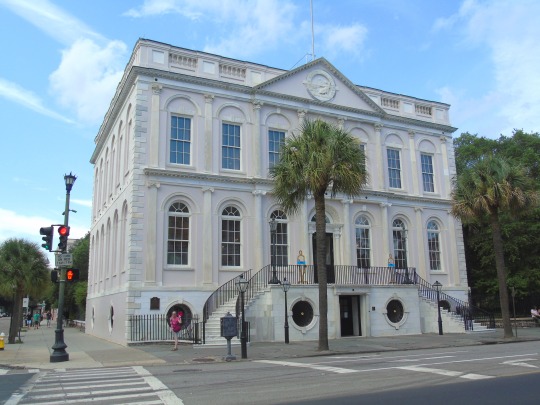


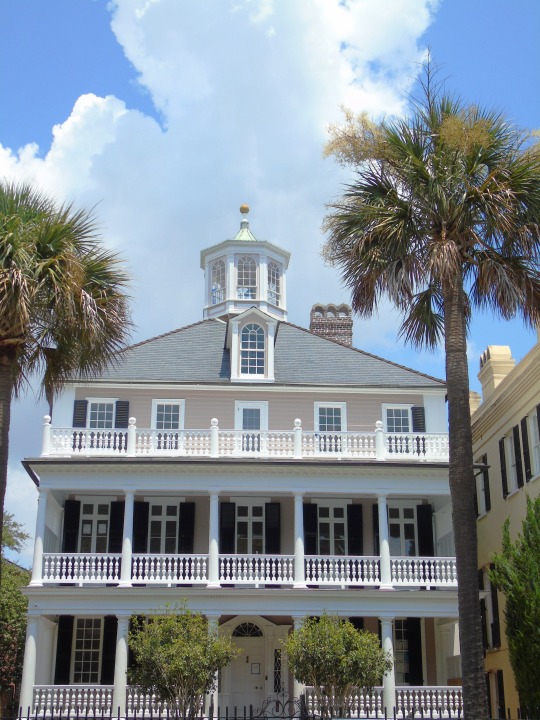

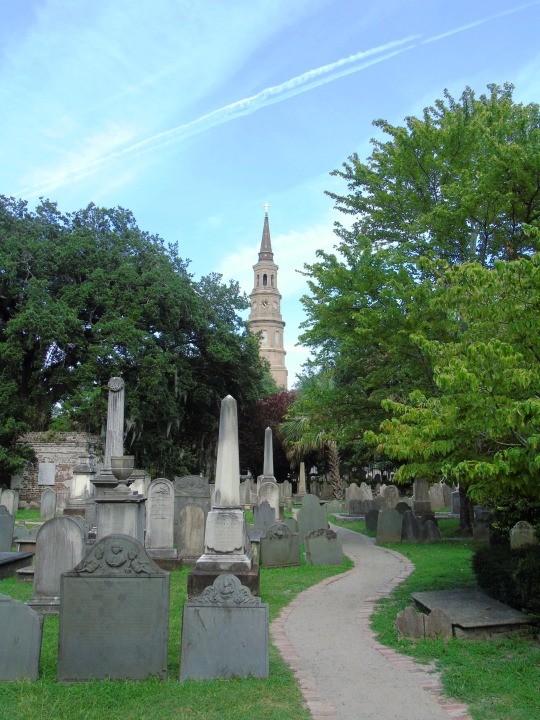

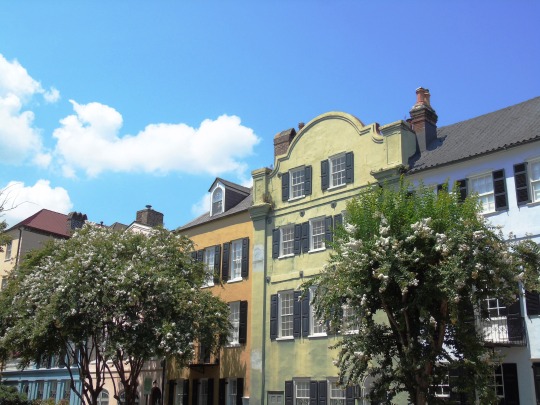
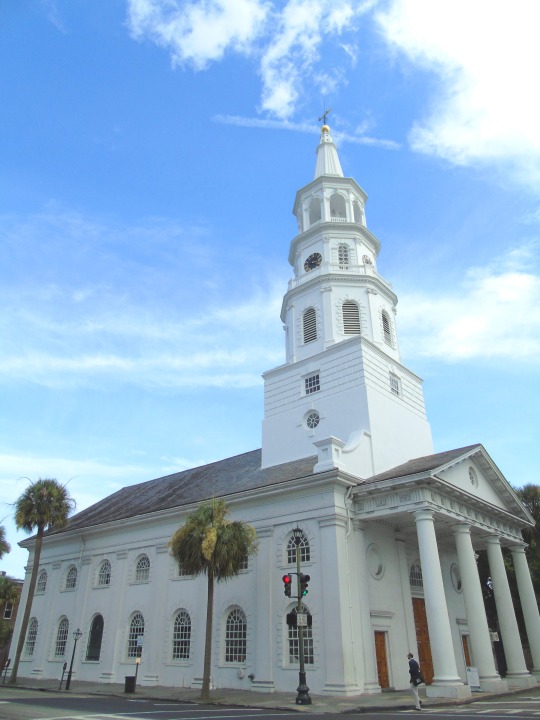
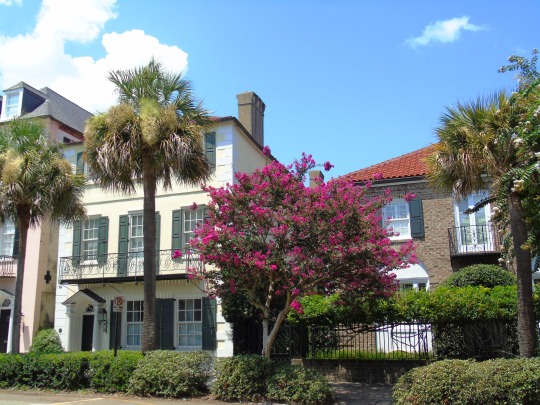
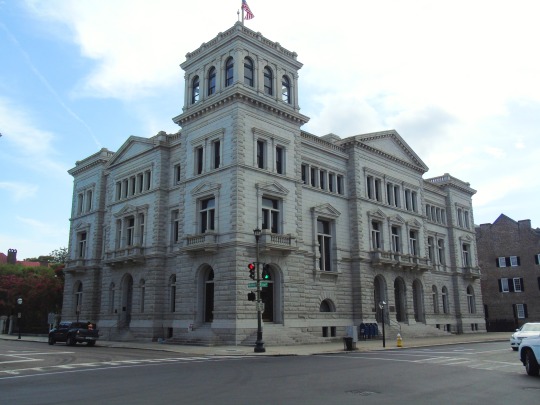
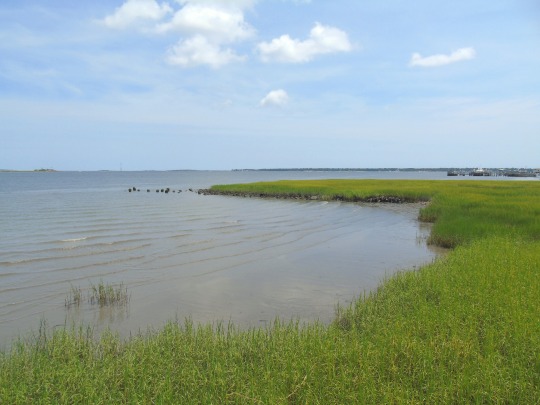

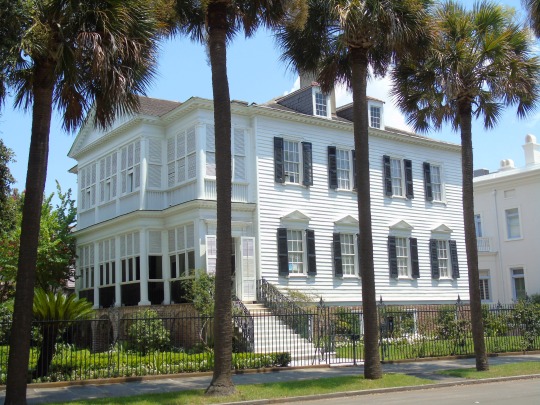



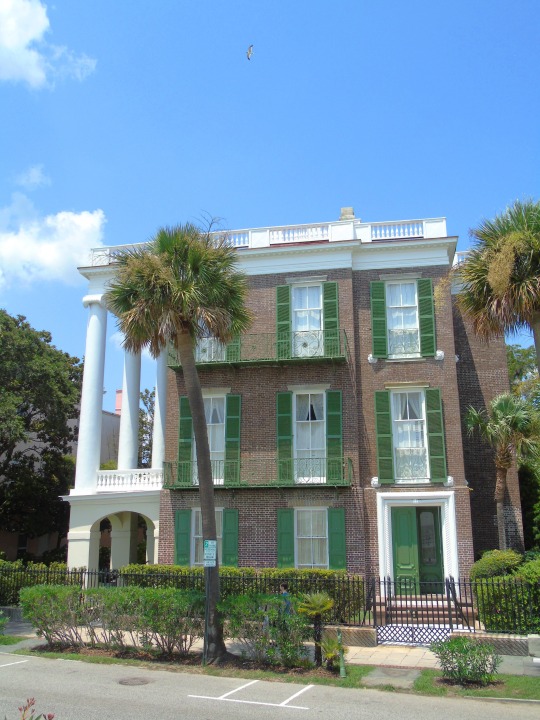
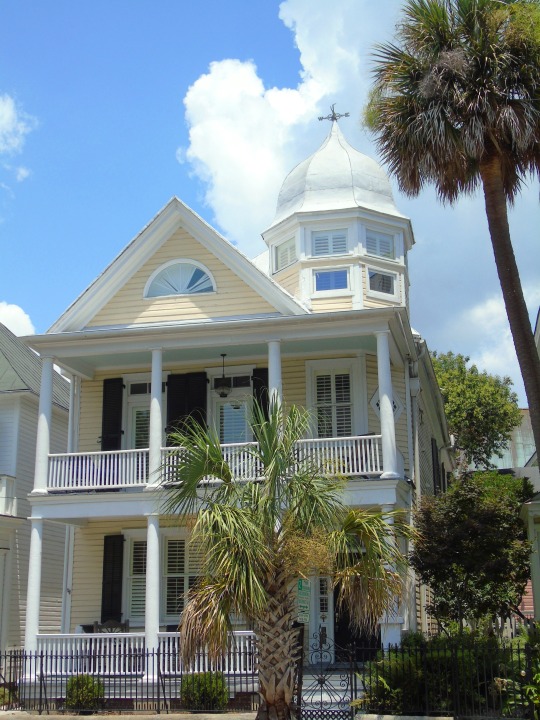
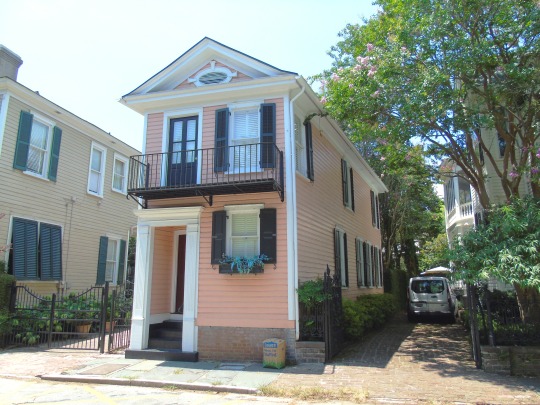
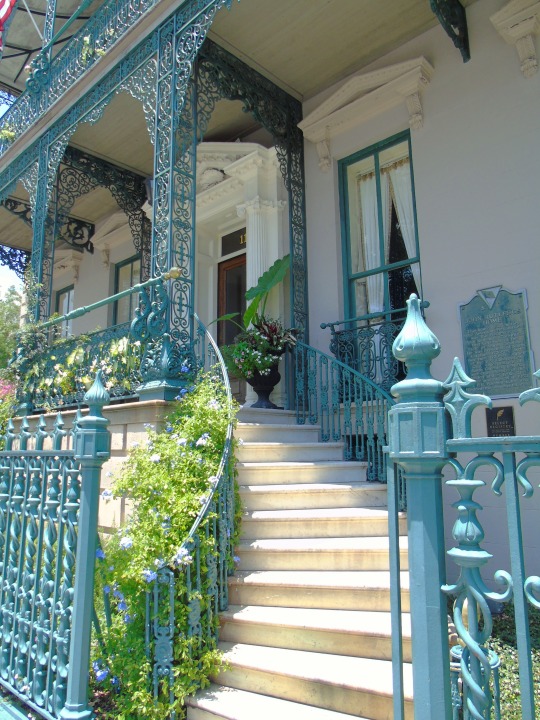
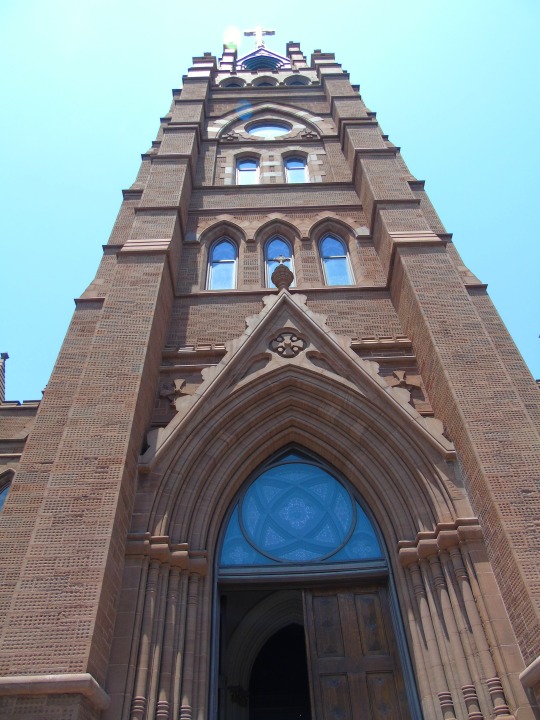
Charleston surrendered on February 18, 1865.
#18 February 1865#Charleston#surrendered#anniversary#USA#city hall#architecture#US Civil War#American Civil War#US history#travel#summer 2016#original photography#South Carolina#tourist attraction#St. Philips Church Episcopal West Cemetery#Unitarian Church#landmark#Louis DeSaussure House#Cathedral of St John the Baptist#Miles Brewton House#Cooper River#nature#water#reed#vacation#cityscape
6 notes
·
View notes
Text
Crazy Stories From Charleston's Past in South Carolina

Charleston is a city with a rich history, and there are many interesting stories from its past. Some of these are famous tales that everyone knows about, but some are lesser-known facts that few people know about. These stories showcase what makes Charleston such an incredible place.
A pirate who terrorized Charleston’s waters is buried in the churchyard of St. Philip’s Episcopal Church.
Five miles south of Charleston, you'll find the churchyard of St. Philip's Episcopal Church. It's a peaceful place, with a wooden gazebo overlooking the harbor and mangroves growing along its edges. But there's one grave that stands out from all others: that of Captain Edward Teach (AKA "Blackbeard").
Teach terrorized Charleston in 1718 by leading two ships into their waters, capturing several merchant ships before escaping through the harbor entrance after a battle with colonial forces led by Governor Charles Eden and Colonel William Rhett Jr. To commemorate this event and honor its heroes, Charles Towne Cemetery was established in 1750 on land purchased from local planters Isaac Motte and John Wragg; it was later renamed Magnolia Cemetery when it was moved northward into town sometime after the 1820s due to expansion demands from growing population numbers throughout South Carolina during this time period."
Slave rebellion scared Charlestonians.
The most famous slave rebellion in Charleston's history is the one led by Denmark Vesey, who was a free man of color. It was planned to take place on Bastille Day, July 14, 1822. The plan involved mass murder and arson that would have destroyed much of Charleston--but luckily for us all it was foiled by the betrayal of a slave named Tom who told his owner about it!
A tidal wave rolled over Charleston in June 1886.
In June 1886, a tidal wave rolled over Charleston.
The cause was a storm that hit the coast of South Carolina on June 22 and 23, 1886. It brought with it heavy rain and winds up to 90 miles per hour--and an unusual phenomenon: the city experienced two high tides during one day.
The effect on Charleston was devastating; thousands of buildings were destroyed by flooding and many more were damaged by wind or fire after being struck by lightning bolts from the storm's fierce winds. Around 25 people lost their lives during this natural disaster as well.*
How did they discover what caused this tidal wave? A scientific team set out to investigate what happened after receiving reports from witnesses who claimed they had seen waves several feet high coming ashore at nightfall when no storms were forecasted for days ahead (so there was no way any other cause could have been responsible). They found evidence showing how large amounts of water had flowed back into Charleston Harbor due "to some obstruction which prevented its escape through its normal channels."
No one knows who paid for the construction of the Washington Monument in Marion Square.
The Washington Monument is a monument to George Washington, the first president of the United States. It's located in Marion Square, which is located in downtown Charleston.
It was built in 1856 and designed by Robert Mills. No one knows who paid for it, though some speculate that it was paid for by the people of Charleston as a thank-you to General Washington for his service during The Revolutionary War when he helped them win their freedom from England.
Mold Removal Company in Charleston, West Virginia
Mold removal services near me in Charleston, SpC Mold is one of the most toxic substances that anyone can breathe. If you have mold in your home, then you might think it’s normal to need mold removal services near me in Charleston, but mold is actually anything but natural or acceptable.
R&E Home Solutions is a trusted name in home repair services, providing a wide range of services to homeowners and contractors.
A fire that started on a small island off Charleston brought the city to a standstill for several days in the mid-1800s.

In the mid-1800s, a fire started on Sullivan's Island and spread to other islands in Charleston Harbor. The fire caused great damage to the city and was finally extinguished after several days.
The cause of this massive blaze? Lightning!
Pirates used false lights to trick ships into running aground near Sullivan’s Island.
In the 17th century, pirates used false lights to trick ships into running aground. The ships were then looted and their crew's taken, prisoner.
Sullivan's Island was one of the most popular places for this practice because it had a shallow sandbar that allowed easy access from land, but could still be hidden from view by tall trees on either side of it.
Charleston has many interesting stories from its past

The city has many interesting stories from its past. Some of them are about pirates, slave rebellions, and tidal waves. Others show how the city has changed over time. These stories are not just for tourists; they can help you understand Charleston better as well!
In 1676, pirates attacked Charles Towne (the name Charleston was given when it became a British colony). They destroyed houses and ships belonging to settlers who were trying to make their lives here in this new land called South Carolina. It wasn't until 1718 that another attack occurred--this time by Spanish soldiers from St Augustine Florida who wanted revenge against England because King George had defeated them at sea earlier that year during the War of Spanish Succession (1701-1714).
Charleston is a place with a rich history, and these stories are just a few examples of the many adventures that have taken place in this city. If you're looking for more information about these events or others from Charleston's past, be sure to check out our website!
R&E Home Solutions
778 Folly Rd d, Charleston, SC 29412
(843) 886-1658
2 notes
·
View notes
Note
what was jefferson like as a grandfather
Very cool.
Thomas Jefferson had a total of twelve grandchildren to survive to adulthood. Eleven of the twelve were born to Jefferson’s eldest daughter, Martha, and Thomas Mann Randolph Jr. who served as Governor of Virginia. Martha’s younger sister, Maria, gave birth to her only surving child, Francis Eppes.
Anne Cary Randolph (1791–1826)
Thomas Jefferson Randolph (1792–1875)
Ellen Wayles Randolph (1796–1876) Named after her deceased older sister (born in 1794 and died 1795).
Cornelia Jefferson Randolph (1799–1871)
Virginia Jefferson Randolph (1801–1882)
Francis Wayles Eppes VII (1801- 1881) The only surviving child of Jefferson’s youngest daughter.
Mary Jefferson Randolph (1803–1876)
James Madison Randolph (1806–1834)
Benjamin Franklin Randolph (1808–1871)
Meriwether Lewis Randolph (1810–1837)
Septimia Anne Randolph (1814–1887)
George Wythe Randolph (1818–1867)
Thomas Jefferson enjoyed private time with his family. He never remarried after the death of his wife and their surviving family- daughters, Martha “Patsy” and Maria, and their twelve children- became his refuge and comfort. At the age of 73, he began bringing his grandchildren to Poplar Forest. Two of Martha Jefferson Randolph’s eleven children, Ellen, 19 years old, and Cornelia, 16, spent the most time at Poplar Forest and cherished the days with “Grandpapa.”
Grandfather Jefferson had an impact on every one of his grandchildren. Their pursuit of education, public service, farming, and family is evident in each or their lives:
Anne (January 23, 1791– February 11, 1826): Thomas Jefferson’s eldest grandchild and the daughter of Patsy Jefferson Randolph was born at Monticello. Ann died of complications following childbirth five months before her grandfather, on February 11, 1826,4 and was buried in the family graveyard at Monticello.
Thomas “Jeff” (1792—1875): born at Monticello, was the eldest son of Martha Jefferson Randolph and the eldest grandson of Thomas Jefferson. His education was supervised by his grandfather. Randolph soon took over the management of his grandfather’s affairs and displayed an aptitude for finance. Randolph became a member of the Board of Visitors at the University of Virginia, where he later served as Rector. Among other public offices, Randolph served six terms in the Virginia House of Delegates, where he supported the gradual emancipation and deportation of slaves. Too old to fight during the Civil War, Randolph nevertheless was given a colonel’s commission in the Confederate army, and in 1872 he served as chairman of the National Democratic Convention.Thomas Jefferson Randolph died at Edgehill following a carriage accident on October 7, 1875.
Ellen (Eleonora) (October 13, 1796-April 30, 1876): Was the fourth child born to Martha Jefferson Randolph. An accomplished scholar, particularly in languages. Ellen often accompanied Jefferson on trips to Poplar Forest. She was considered the belle of the family and traveled to Richmond, Washington, D.C., Baltimore, and Philadelphia, where she was popular with her grandfather’s old friends, as well as young gentlemen. Married to Joseph Coolidge in the parlor at Monticello in 1825. Her husband’s business interests took him to China for long periods, leaving Ellen to single-handedly manage the family. It is unfair to say that Thomas Jefferson had a favorite granchild, it is possible that he enjoyed Ellen’s company the most; she was clearly his intellectual heir despite never attending college; for her part she called her grandfather her “earliest best friend”.
Cornelia (1799-1871) : Born at Monticello and never married, Cornelia was an avid student of her grandfather’s, She learned mechanical drawing from Jefferson and practiced by creating renderings of architectural plans for the University of Virginia. excelling particularly in drawing; taught at a school teaching drawing, painting, and sculpture; tried to prevent the family’s financial situation; buried at the Monticello cemetery.
Virginia (1801-1882): was born at Monticello. Virginia spent much of her childhood at Monticello and occasionally accompanied her grandfather on trips to Poplar Forest. Virginia shared an affinity for music with Jefferson, who bought her a pianoforte from Boston though he could barely afford it. After a youthful romance and long engagement with Nicholas Philip Trist the two were married at Monticello. Virginia and Nicholas’s sisters helped to run the school for young ladies. After her husband’s death in 1874, Virginia lived with one of her three children until her own death in April 1882.
Francis (September 20, 1801 - 1881): was the only surviving child of Jefferson’s daughter Maria Jefferson Eppes. In spite of the demands of the office, his grandfaterh took a keen interest in Francis, and the two of them became very devoted to each other. Jefferson became actively involved in Francis’ life. Eppes spent much of his time at Monticello, where Jefferson sought to inspire in him a love of learning. 1829, he became one of the founders of St. John’s Episcopal Church. He was a delegate to the convention when the Episcopal Diocese of Florida was founded in 1838 and served as the secretary of the Diocese for many years.In 1833, Governor William P. DuVal selected Francis as a justice of the peace. He served in the office for six years, striving to bring order to the wild frontier territory. Francis’ wife died in 1835 after the death of their sixth child. Nowhere is Jefferson’s influence on Francis more apparent than in his determination to found an institution of higher learning in Tallahassee. In April 1836 he and his father-in-law, Thomas Eston Randolph, were among a group of men who petitioned the Congress for the establishment of a seminary in the area. The petition failed but Francis was undaunted. Later he would appeal to the Florida Legislature. In 1851, the Legislature passed an act authorizing the establishment of two institutions in the state, one east and one west of the Suwanee River.In 1854, a proposal to locate the western school in the City of Tallahassee was presented to the Legislature and failed to pass. This time the legislature passed the act for the western school to be in Tallahassee. Governor James Emilius Broome approved it on January 1, 1857. This marked the founding of the predecessor of the Florida State University. Francis died on May 30, 1881, is buried in Greenwood Cemetery in Orlando, Florida.
Mary (1803-1876): was born at Edgehill on November 2, 1803.1 She spent much of her time at Monticello and occasionally accompanied her grandfather Thomas Jefferson on trips to Poplar Forest. Never marrying, Mary lived at Edgehill, later the home of her older brother Thomas Jefferson Randolph, where she helped her sister-in-law Jane to supervise the household. Mary and her sister Cornelia also visited their other siblings, often serving as nurses during times of sickness. She remained there until her death on March 29, 1876.3
James (1806-1834): was the first to ever be born at the White House. Second son of Martha and Thomas Randolph; first child to be ever be born in the White House; graduated from the University Jefferson created; was considered quiet and gentle natured; lived alone and never married; died in his late 20s at his older brother Jeff’s estate.
Ben (1808-1871): A delicate child, Benjamin was educated by his mother and sisters and at Mr. Hatch’s school. He was a student at the University of Virginia but the family’s financial difficulties soon caused him to leave college. He soon was back at the University studying medicine. He had been elected three times as the University’s prize essay writer. The Jefferson Society also elected him as a member, and Dr. Dunglison considered him best in his class. Dr. Randolph was a strong supporter of secession and the Confederacy during the Civil War. Benjamin suffered a severe illness and he never fully recovered. Dr. Randolph died on February 18, 1871 and was buried in the graveyard of Christ Church, Glendower, near Keene in Albemarle County.
Meriwether (1810-1837): born at Monticello and named for his grandfather’s secretary, the explorer Meriwether Lewis. Randolph studied law and moral and natural philosophy at the University of Virginia but chose to pursue a career on the western frontier. He worked briefly as a clerk for the Department of State before being appointed Secretary of the Arkansas Territory by President Andrew Jackson
Tim (Septimia): Was probably the most widely travelled of the grandchildren; moved with her mother to Boston after her grandfather died, and to Havanna, Cuba after her mother died where she married a Scottish doctor. After visiting Virginia, Washington, D.C. and Scotland, they settled in New York until her husband died. She retired near Edgehill, Virginia and later near Washington, D.C. where she stayed until her death.
Geordie (George) (1818-1867): Was born at Monticello and named for his grandfather’s law teacher. George served in the United States Navy and obtained his law degree from the University of Virginia.George eventually rose to the rank of Confederate Brigadier General and was nominated as the Confederate secretary of war but constant conflict with Jefferson Davis and Randolph’s own poor health led him to resign. Randolph died of tuberculosis at Edgehill on April 3, 1867, and was buried in the family cemetery at Monticello.
In a quote from his granddaughter Ellen Randolph, “We saw, too, more of our dear grandfather at those times than at any other… He interested himself in all we did, thought, or read. He would talk to us about his own youth and early friends, and tell us stories of former days. He seemed really to take as much pleasure in these conversations with us, as if we had been older and wiser people.” and later in her life said, “After dinner he again retired for some hours, and later in the afternoon walked with us on the terrace, conversing in the same delightful manner, being sometimes animated, and sometimes earnest. We did not leave him again until bed-time, but gave him his tea, and brought out our books or work. He would take his book from which he would occasionally look up to make a remark, to question us about what we were reading, or perhaps to read aloud to us from his own book, some passage which had struck him, and of which he wished to give us the benefit. About ten o’clock he rose to go, when we kissed him with warm, loving, grateful hearts, and went to our rest blessing God for such a friend.”
When Jefferson’s younger daughter Maria died in 1804, her only son, Francis Eppes, was two years old. Jefferson committed himself to Francis, whom he called “the dearest of all pledges,” and took an avid interest in his education. As a teenager, Francis visited Poplar Forest during breaks from New London Academy, located just three miles away.
He used to also organize races on his grounds for all of his grandchildren.
74 notes
·
View notes
Link
Still in Charleston! I wrote about St. Philip’s Episcopal Church back in 2013. However, it wasn’t a lengthy post because of an encounter I had there with a lovely woman named Dotty who (as it turned out) was personally connected to one of the graves I was looking for. I felt that story needed its own post because it was so special. Churchyard and Cemetery I wanted to write about St. Philip’s again because it has such a delightful combination of funerary styles. It also has the distinction of having both a churchyard (graves surrounding the church building itself) and a cemetery across the street. As I wrote back in 2013, the West Cemetery of St. Philip’s (which is across the street from the church) is said to have opened for “strangers and transient white people.” Members, however, were later buried in the cemetery as well when space in the churchyard filled up. It is an active cemetery and St. Philip’s has a growing membership. So if you go on Find a Grave, just look for St. Philip’s Cemetery because it lists both burials at the churchyard and the West Cemetery. I’m going to focus on the church and the churchyard in today’s post. If you look up at the permanent banner of this
Lạc Hồng Viên 0965435666 [email protected] http://congviennghiatrang.com http://congviennghiatrang.com/bang-gia-cac-khuon-vien-dien-tich-o-lac-hong-vien https://nghia-trang-lac-hong-vien.business.site
Lạc Hồng Viên
0965435666
lạc hồng viên lạc hồng viên hòa bình nghĩa trang lạc hồng viên
0 notes
Text
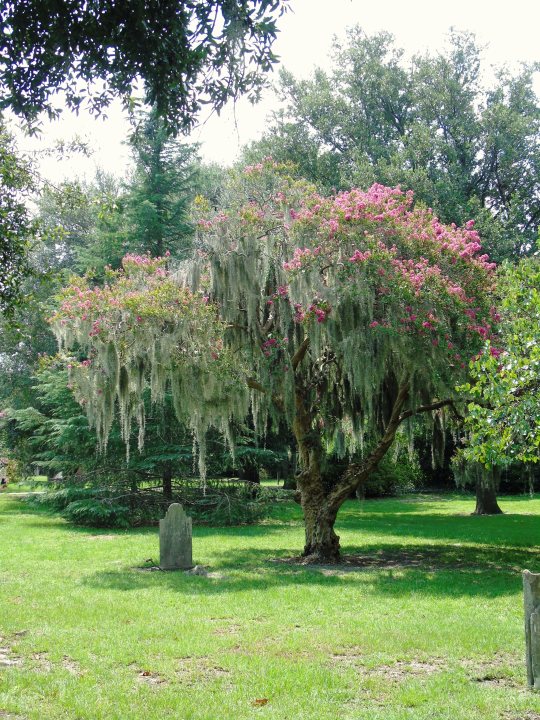


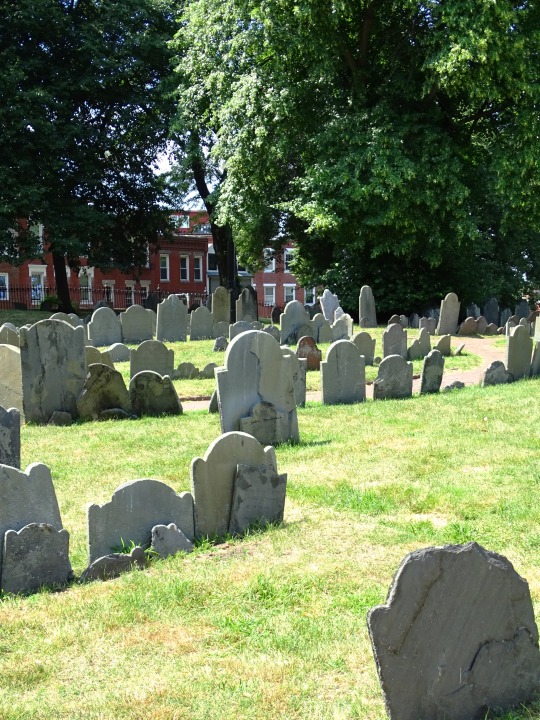

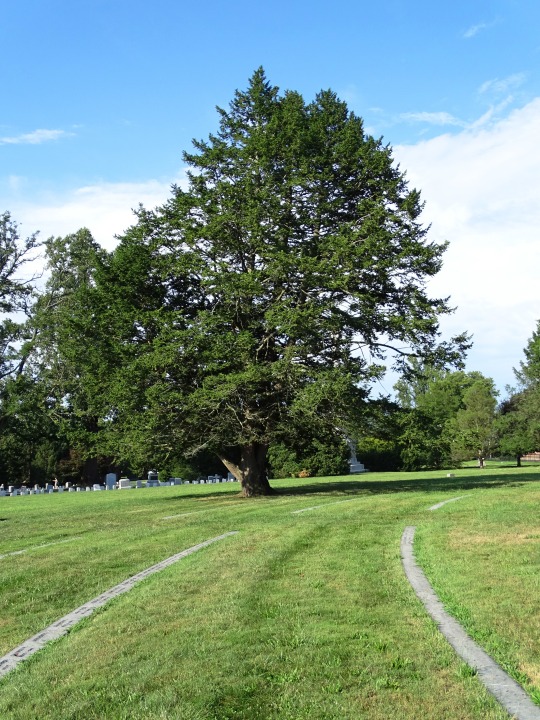

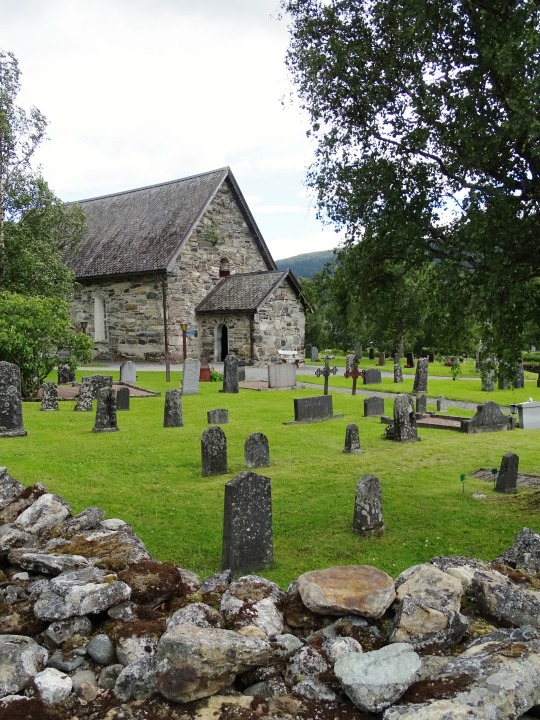

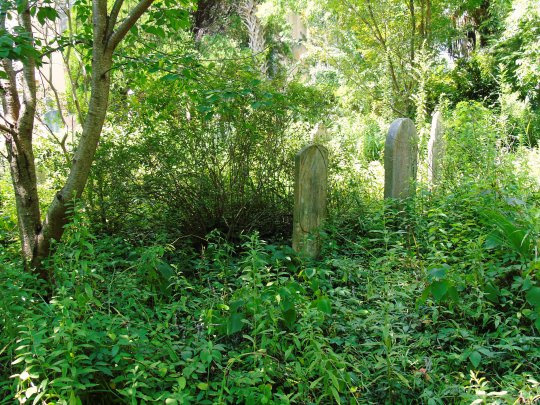
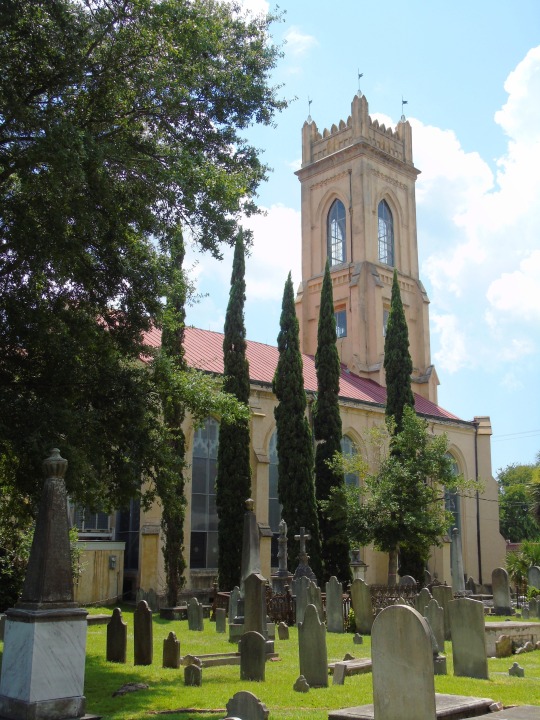


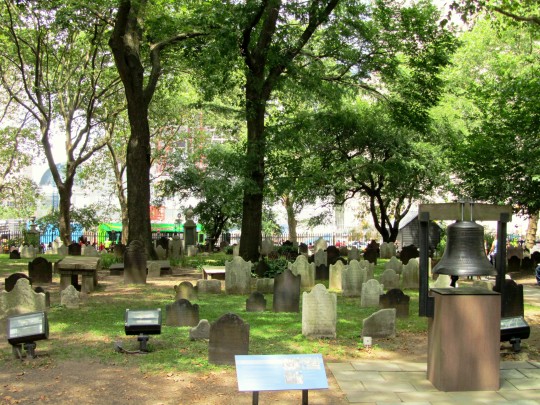
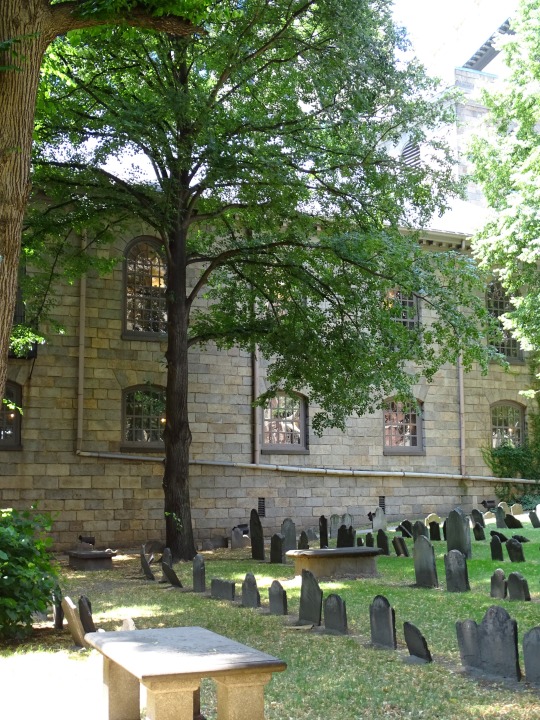


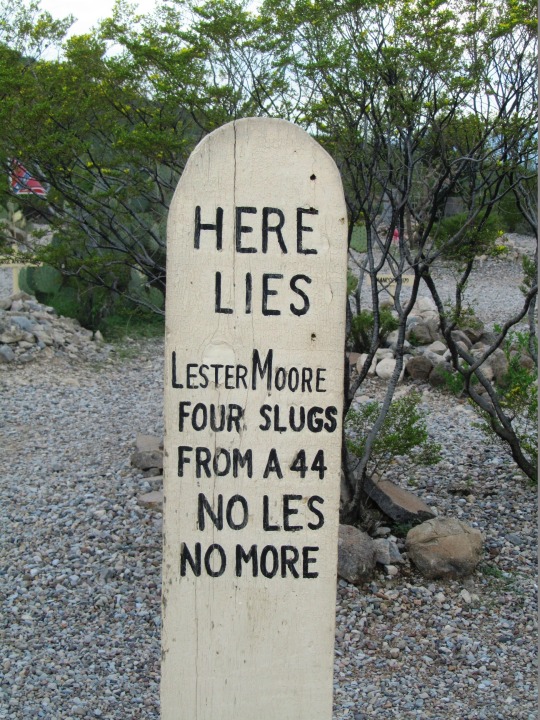
Visit A Cemetery Day
Visit a Cemetery Day is a holiday that takes place every last Sunday in October. This year it falls on October 29. It is a day that allows us to honor the life of those who are gone. It is a chance to admit that, though they’re no longer physically with us, we still have them in our memories. It is a day when people go to the gravesite of friends and families who have left this world. On Visit a Cemetery Day, many choose to redecorate the gravesite of their loved ones. Many other activities give life to this holiday as well.
History of Visit A Cemetery Day
The culture of visiting gravesites and cemeteries predates most modern cultures, and it has been a way of life of humans since ancient times. A cemetery is more than a collection of gravesites and headstones. It is a place for deep reflection and connecting. It is not a lonely place where you can’t learn anything. It is a place of meditation, where you get to reflect on the memories you shared with those who have left us. The headstones also contain messages about the people we cherish and are worth reading. It is usually a wisdom quote that captures the essence of life, and it can be inspiring.
Visit a Cemetery Day reminds us that we’re not entirely disconnected from those who have left this physical world. The memories they left remain with us, and we can cherish them as much as possible. We can also reminisce on the times we spent together and how they have helped us get to where we are today.
Visiting a cemetery is also sometimes a gathering affair where people come together to honor the departed. This is done for soldiers who died in battle and also victims of casualties. The essence of it all is to remember them for the good they’ve done and honor the memory we have of them. This is why cemeteries are generally known as memorial parks, emphasizing the memories left behind by the dead.
Visit A Cemetery Day timeline
7 A.D. Burial Under Church Control
The church handles burial services and takes charge of burying the dead in Europe.
1797 First Chartered Burial Ground
The State of Connecticut incorporates a new cemetery in New Haven.
1800s Company and Municipally Owned
Cemeteries not owned by the church become more popular and accepted.
1860s Tribute to Fallen Soldiers
Americans visit the graves of fallen soldiers to place flowers and honor them.
Visit A Cemetery Day FAQs
Can you observe from a private gravesite?
Yes, you can observe this solemn holiday from a private graveyard.
How can you decorate a gravestone?
The gravestone can have carvings and inscriptions. Also, you can bring flowers occasionally to beautify the place.
What if the gravesite is far away?
You can observe a solemn time with friends to honor the dead, even when their resting place is far away.
How to Observe Visit A Cemetery Day
Visit the burial place of loved ones
Decorate the gravesites
Have a picnic with family and friends
On this solemn holiday, you can visit the burial place of dear ones who have departed. It helps us honor the memory they left behind.
You can bring flowers and other ornaments to beautify the burial place of the departed. By doing so, we remind ourselves that the dead deserve respect too.
You can have a quiet time with family and friends. It is a time to reflect and share stories about those who have left us.
5 Facts About Cemeteries
Epitaphs are a great source of knowledge
Most gravestones face east
Meaningful carvings are common
Cemeteries are sometimes multipurpose
Number of graves on an acre
Apart from being words of hope, epitaphs are also known to convey vital information.
Many gravestones in the world face east, mostly to acknowledge the rising sun.
Several gravestones have very meaningful carvings.
Sometimes, cemeteries feature other things like art, historical artifacts, and museums.
An acre of land can occupy close to 2,000 graves.
Why Visit A Cemetery Day is Important
To honor the dead
Understand life better
Helps to remember the dead
On this special holiday, we get to honor those who have gone before us. It is good to cherish the memories they left behind.
When we visit the cemetery, we get a better insight into life and appreciate that we must cherish it.
On Visit a Cemetery Day, we get to recall the times we spent with departed loved ones. We remember all the things they’ve done for us and the memories we shared.
Source
#Tolomato Cemetery#Huguenot Cemetery#Åre Old Church#Sweden#Colonial Park Cemetery#Savannah#Charleston#St. Philips Church Episcopal West Cemetery#Unitarian Church Cemetery#USA#Boothill Graveyard#Tombstone#Arlington National Cemetery#Boston#Salem#Granary Burying Ground#Old Burying Point Cemetery#Gettysburg National Cemetery#St. Augustine#travel#last Sunday in October#29 October 2023#Visit A Cemetery Day#VisitACemeteryDay#cityscape#original photography
11 notes
·
View notes
Text
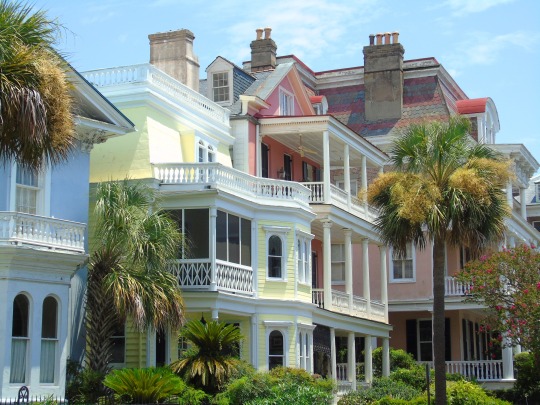
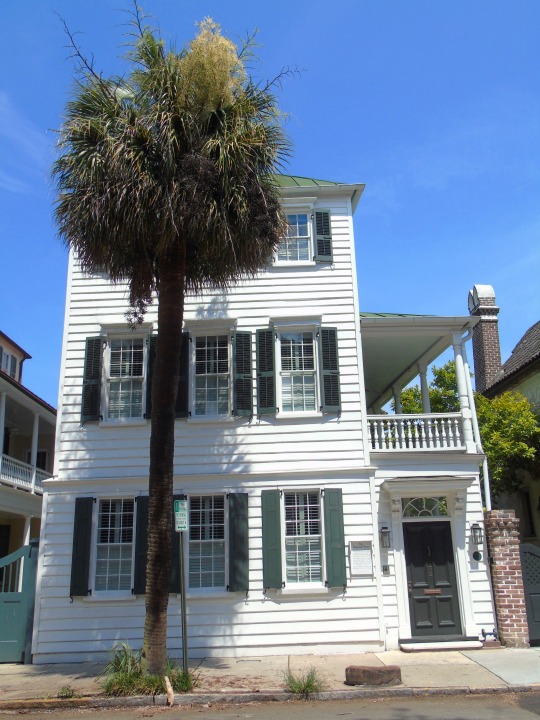
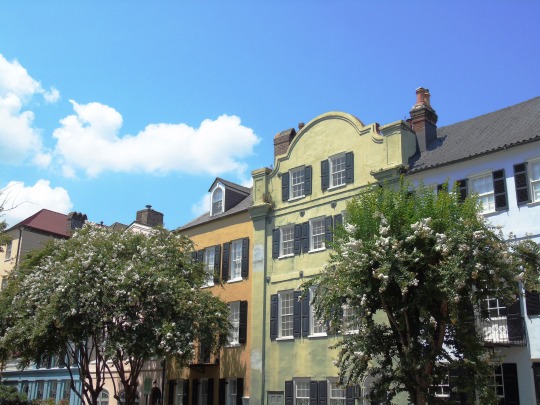



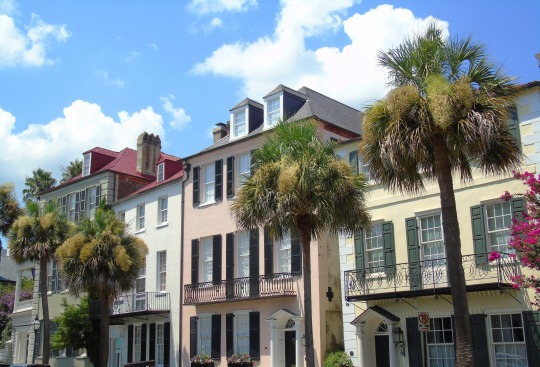
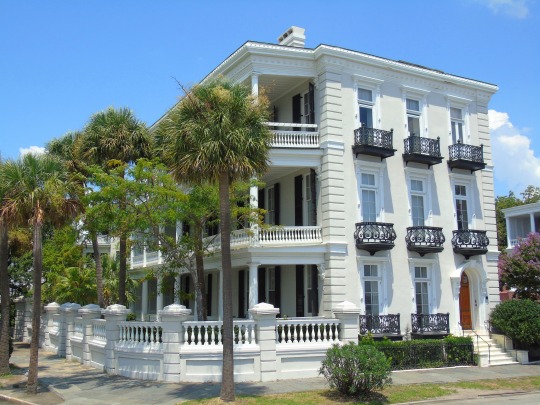

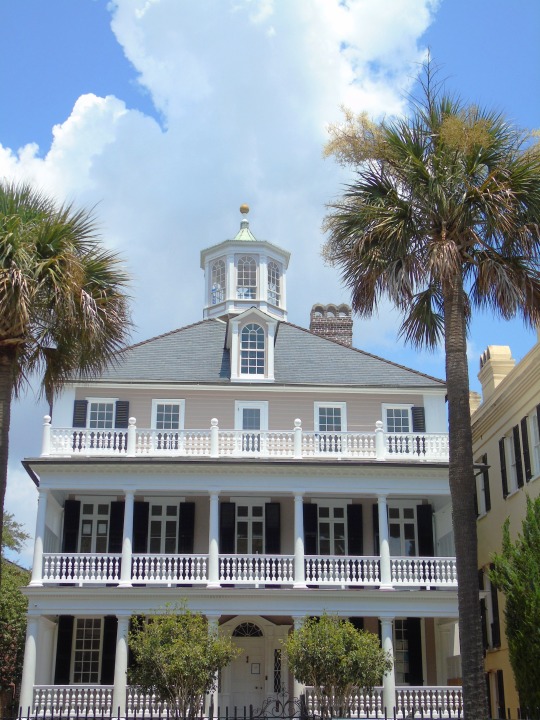
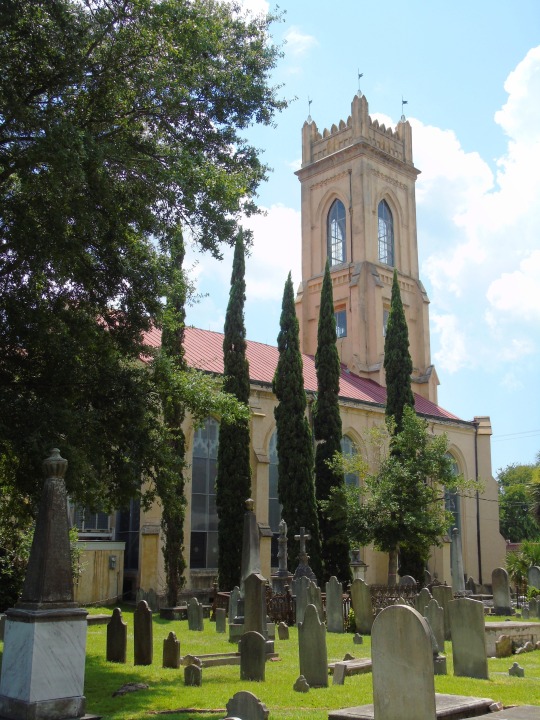
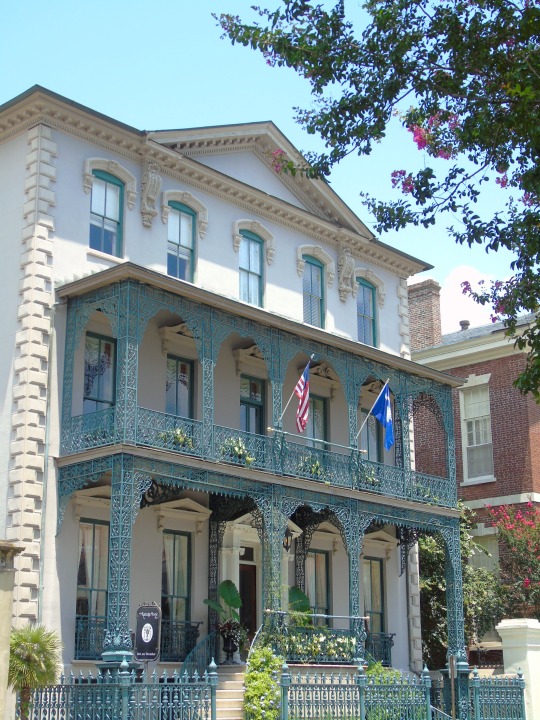
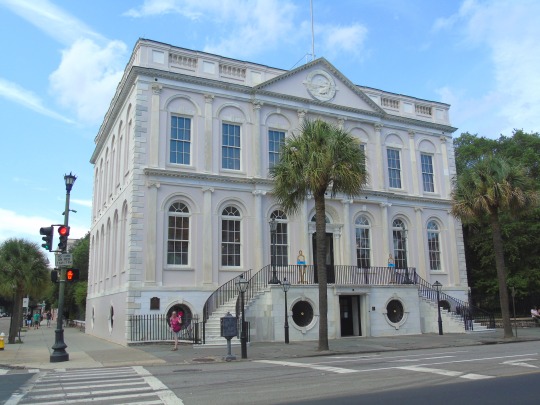


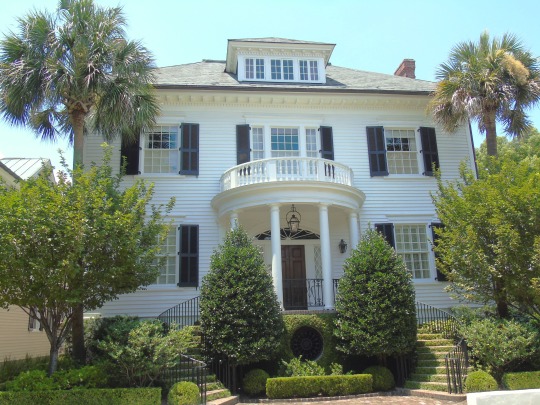
The 7.0 Mw Charleston earthquake on August 31, 1886, affected southeastern South Carolina with a maximum Mercalli intensity of X (Extreme); 60 people killed with damage estimated at $5–6 million.
#Charleston earthquake#31 August 1886#South Carolina#travel#original photography#vacation#tourist attraction#landmark#cityscape#architecture#USA#summer 2016#Charleston#anniversary#US history#exterior#Louis DeSaussure House#St. Philips Church Episcopal West Cemetery#Southeastern USA
7 notes
·
View notes
Photo

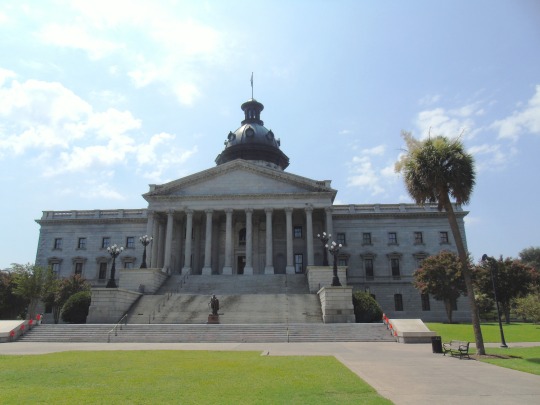


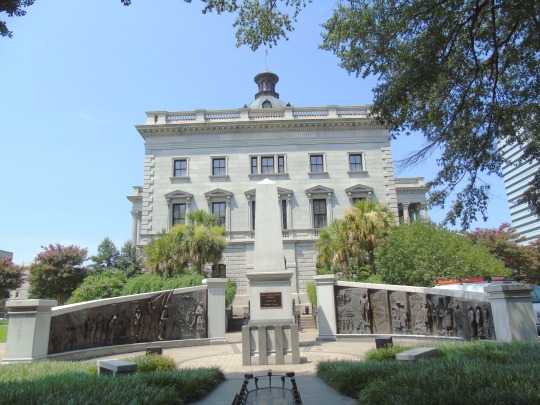
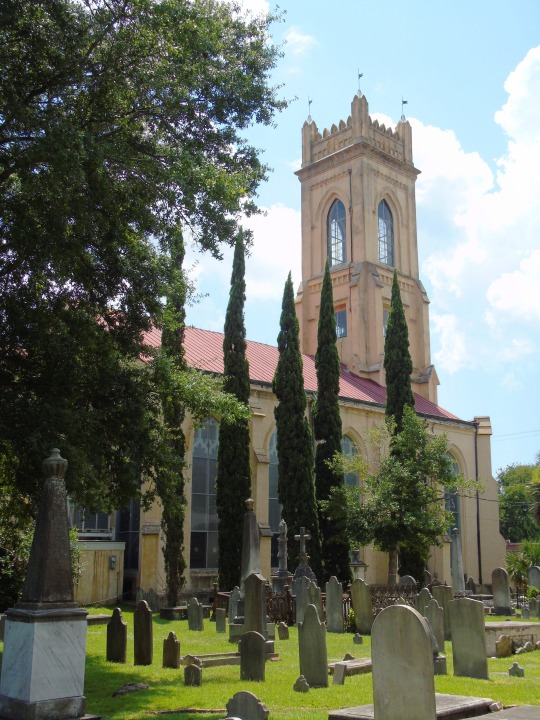
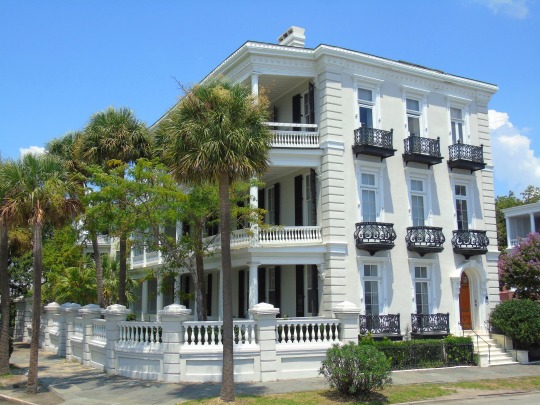
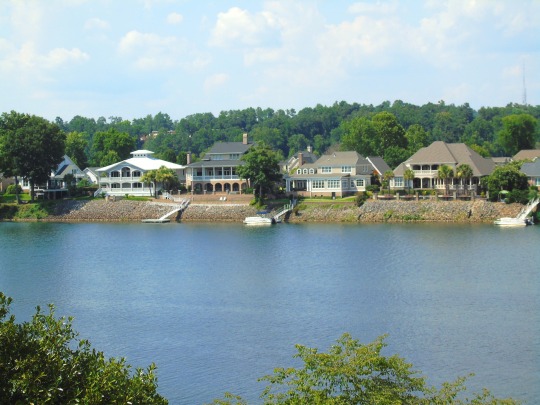


South Carolina ratified the United States Constitution as the eighth American state on May 23, 1788.
#South Carolina State House#Columbia#Charleston#summer 2016#travel#St. Philips Church Episcopal West Cemetery#architecture#public art#USA#African-American History Monument by Ed Dwight#Unitarian Church#Louis DeSaussure House#North Augusta#Savannah River#Miles Brewton House#South Carolina#US Constitution#23 May 1788#8th US State#235th anniversary#US history#tourist attraction#landmark#cityscape
7 notes
·
View notes
Photo
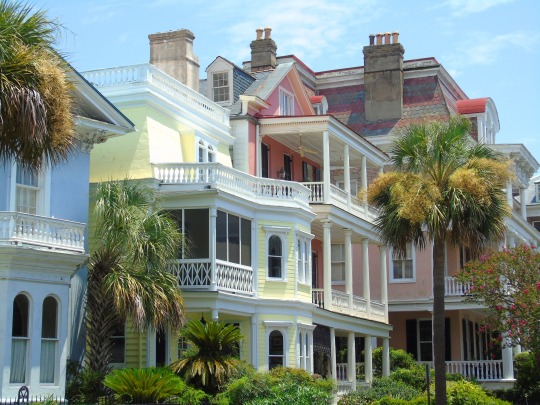





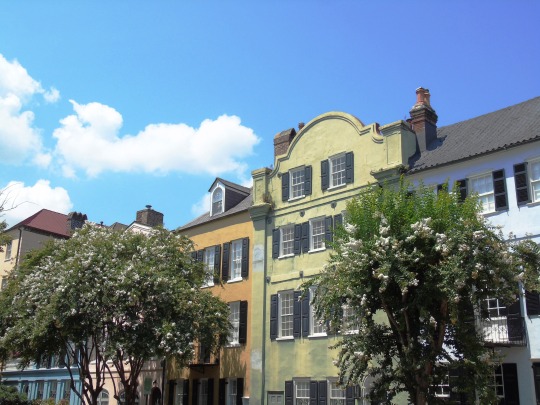
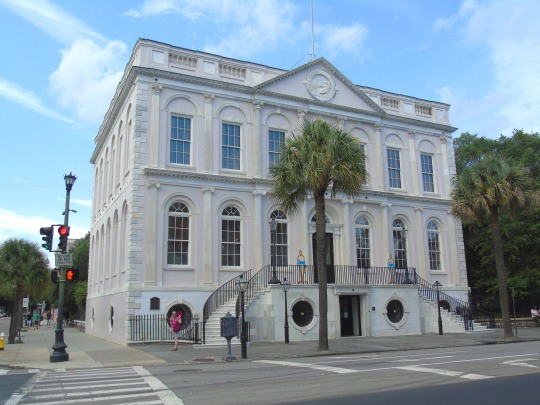


The great fire of 1838 in Charleston started on April 27, 1838.
#Unitarian Church#Louis DeSaussure House#Cathedral of St John the Baptist#Miles Brewton House#city hal#St. Philips Church Episcopal West Cemetery#Col. John Ashe House#great fire of 1838#185th anniversary#Charleston#started#US history#architecture#cityscape#tourist attraction#landmark#original photography#travel#vacation#summer 2016#palm tree#USA#South Carolina#Southeastern Region
5 notes
·
View notes
Photo


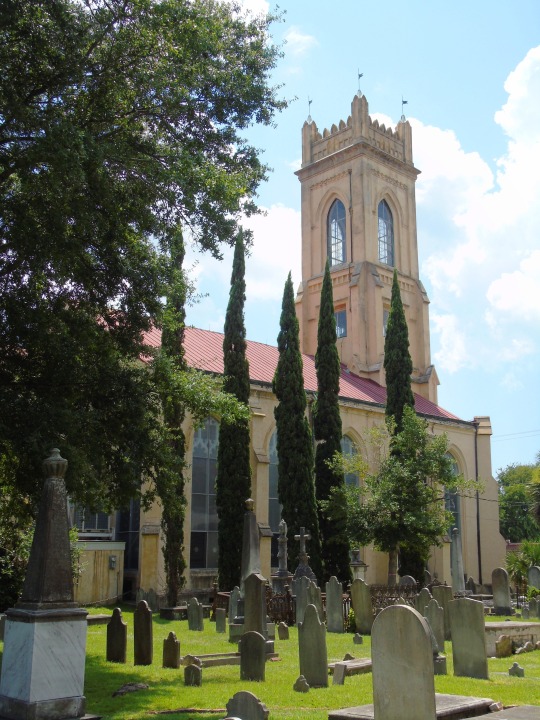
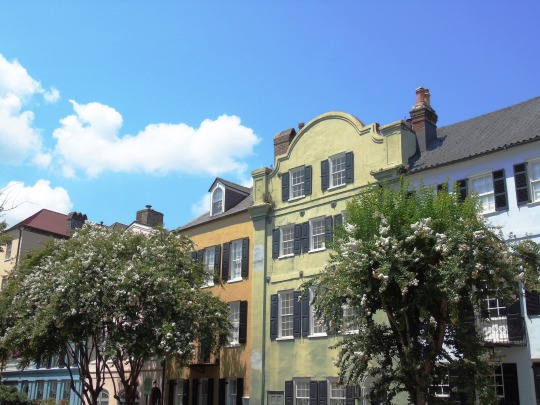
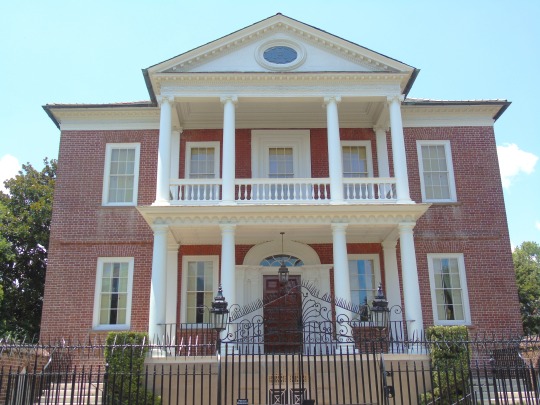



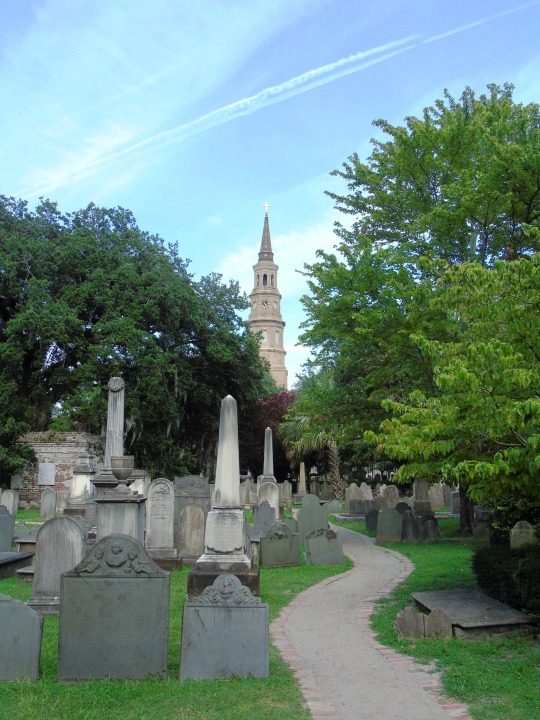

The American Revolutionary War officially ended with the liberation of Charleston on December 14, 1782.
#Louis DeSaussure House#Miles Brewton House#architecture#cityscape#USA#American Revolutionary War#American War of Independence#ended#14 December 1782#240th anniversary#US history#tourist attraction#landmark#city hall#Unitarian Church#St. Philips Church Episcopal West Cemetery#Cathedral of St John the Baptist#Col. John Ashe House#South Carolina#summer 2016
4 notes
·
View notes
Photo
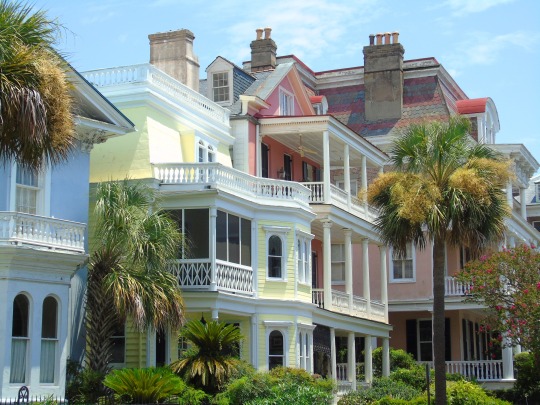


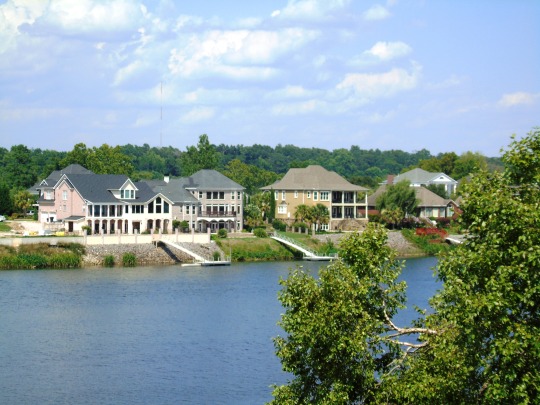

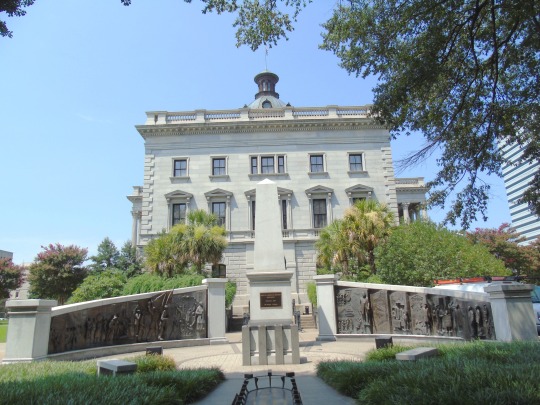


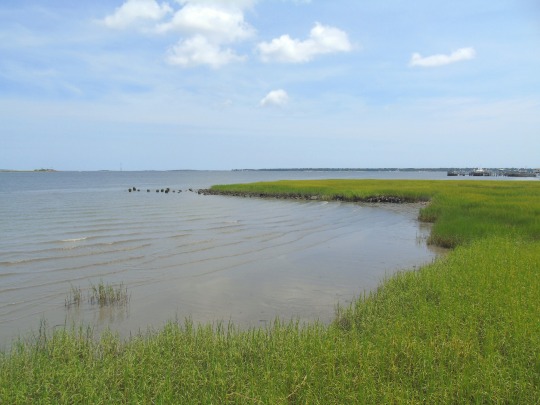
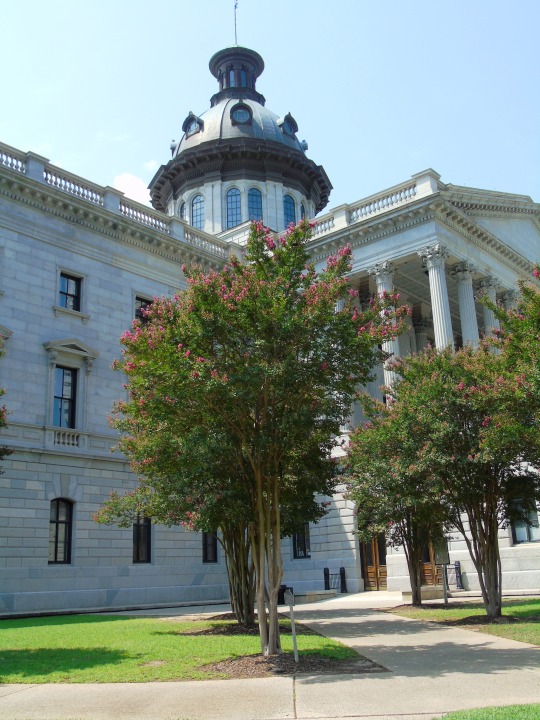
American Revolutionary War: The Battle of Sullivan’s Island ended with the American victory on June 28, 1776, leading to the commemoration of Carolina Day.
#American Revolutionary War#American War of Independence#28 June 1776#anniversary#Battle of Sullivan’s Island#Carolina Day#original photography#summer 2016#South Carolina#Charleston#tourist attraction#landscape#USA#St. Philips Church Episcopal West Cemetery#South Carolina State House#Columbia#North Augusta#Savannah River#African-American History Monument by Ed Dwight#Unitarian Church#Louis DeSaussure House#Cooper River
6 notes
·
View notes
Photo


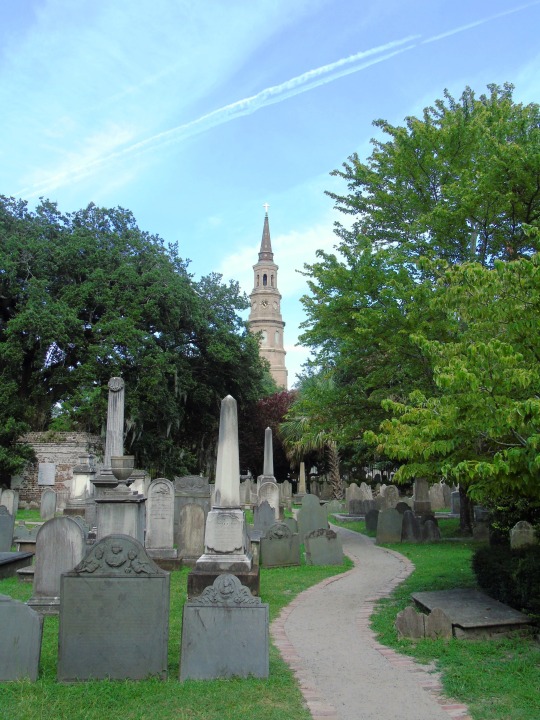



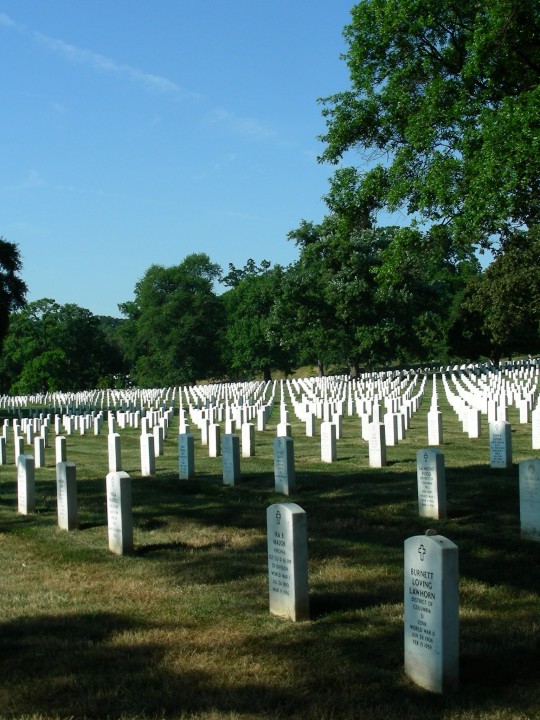
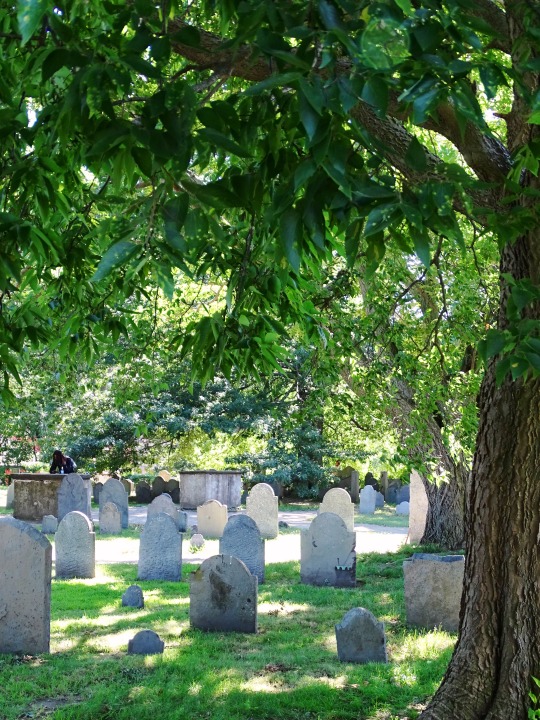
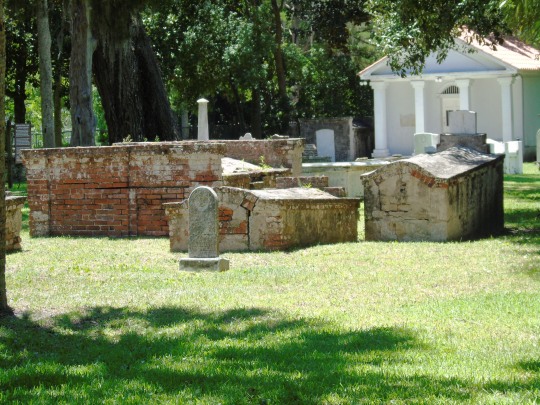
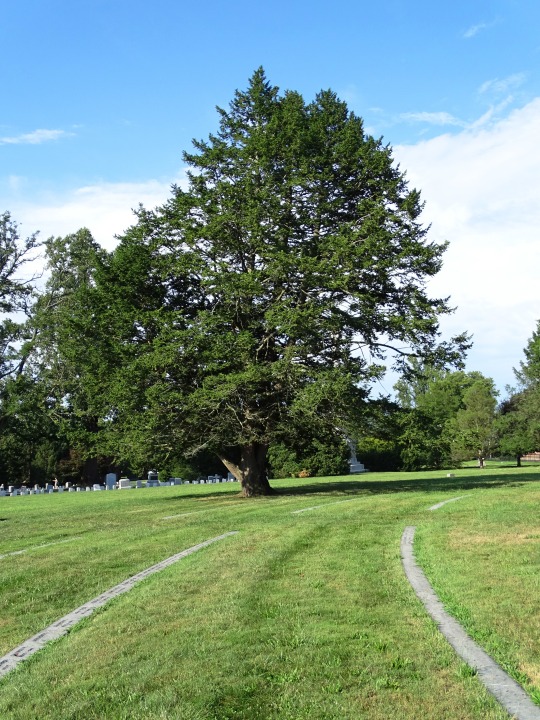
Visit A Cemetery Day
Visit a Cemetery Day is a holiday that takes place every last Sunday in October. This year it falls on October 30. It is a day that allows us to honor the life of those who are gone. It is a chance to admit that, though they’re no longer physically with us, we still have them in our memories. It is a day when people go to the gravesite of friends and families who have left this world. On Visit a Cemetery Day, many choose to redecorate the gravesite of their loved ones. Many other activities give life to this holiday as well.
History of Visit A Cemetery Day
The culture of visiting gravesites and cemeteries predates most modern cultures, and it has been a way of life of humans since ancient times. A cemetery is more than a collection of gravesites and headstones. It is a place for deep reflection and connecting. It is not a lonely place where you can’t learn anything. It is a place of meditation, where you get to reflect on the memories you shared with those who have left us. The headstones also contain messages about the people we cherish and are worth reading. It is usually a wisdom quote that captures the essence of life, and it can be inspiring.
Visit a Cemetery Day reminds us that we’re not entirely disconnected from those who have left this physical world. The memories they left remain with us, and we can cherish them as much as possible. We can also reminisce on the times we spent together and how they have helped us get to where we are today.
Visiting a cemetery is also sometimes a gathering affair where people come together to honor the departed. This is done for soldiers who died in battle and also victims of casualties. The essence of it all is to remember them for the good they’ve done and honor the memory we have of them. This is why cemeteries are generally known as memorial parks, emphasizing the memories left behind by the dead.
Visit A Cemetery Day timeline
7 A.D. Burial Under Church Control
The church handles burial services and takes charge of burying the dead in Europe.
1797 First Chartered Burial Ground
The State of Connecticut incorporates a new cemetery in New Haven.
1800s Company and Municipally Owned
Cemeteries not owned by the church become more popular and accepted.
1860s Tribute to Fallen Soldiers
Americans visit the graves of fallen soldiers to place flowers and honor them.
Visit A Cemetery Day FAQs
Can you observe from a private gravesite?
Yes, you can observe this solemn holiday from a private graveyard.
How can you decorate a gravestone?
The gravestone can have carvings and inscriptions. Also, you can bring flowers occasionally to beautify the place.
What if the gravesite is far away?
You can observe a solemn time with friends to honor the dead, even when their resting place is far away.
How to Observe Visit A Cemetery Day
Visit the burial place of loved ones
Decorate the gravesites
Have a picnic with family and friends
On this solemn holiday, you can visit the burial place of dear ones who have departed. It helps us honor the memory they left behind.
You can bring flowers and other ornaments to beautify the burial place of the departed. By doing so, we remind ourselves that the dead deserve respect too.
You can have a quiet time with family and friends. It is a time to reflect and share stories about those who have left us.
5 Facts About Cemeteries
Epitaphs are a great source of knowledge
Most gravestones face east
Meaningful carvings are common
Cemeteries are sometimes multipurpose
Number of graves on an acre
Apart from being words of hope, epitaphs are also known to convey vital information.
Many gravestones in the world face east, mostly to acknowledge the rising sun.
Several gravestones have very meaningful carvings.
Sometimes, cemeteries feature other things like art, historical artifacts, and museums.
An acre of land can occupy close to 2,000 graves.
Why Visit A Cemetery Day is Important
To honor the dead
Understand life better
Helps to remember the dead
On this special holiday, we get to honor those who have gone before us. It is good to cherish the memories they left behind.
When we visit the cemetery, we get a better insight into life and appreciate that we must cherish it.
On Visit a Cemetery Day, we get to recall the times we spent with departed loved ones. We remember all the things they’ve done for us and the memories we shared.
Source
#Åre Old Church#Sweden#Colonial Park Cemetery#Savannah#Charleston#St. Philips Church Episcopal West Cemetery#Unitarian Church Cemetery#USA#Boothill Graveyard#Tombstone#Arlington National Cemetery#Boston#Salem#Granary Burying Ground#Old Burying Point Cemetery#Gettysburg National Cemetery#Tolomato Cemetery#St. Augustine#travel#last Sunday in October#30 October 2022#Visit A Cemetery Day#VisitACemeteryDay#cityscape#original photography
5 notes
·
View notes
Photo

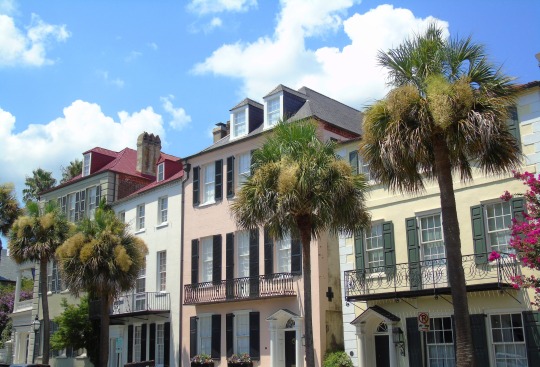
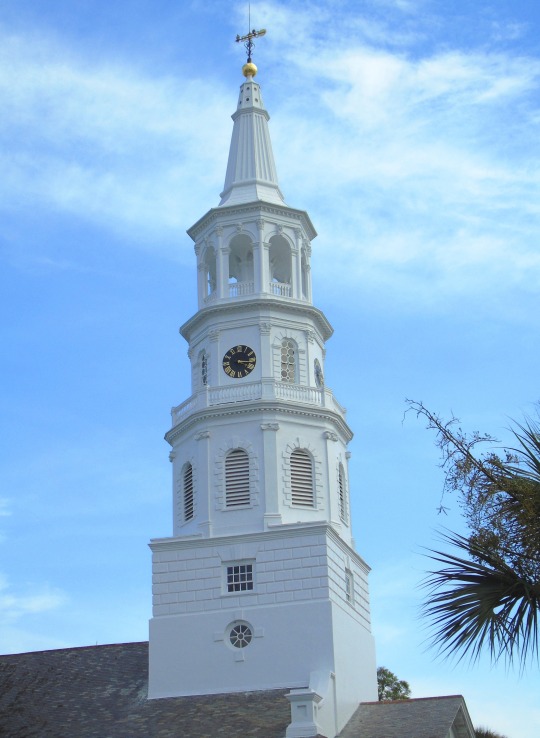


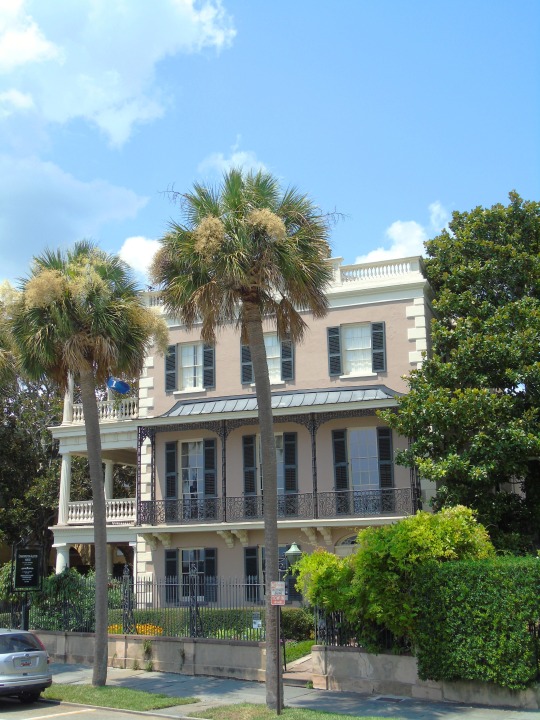
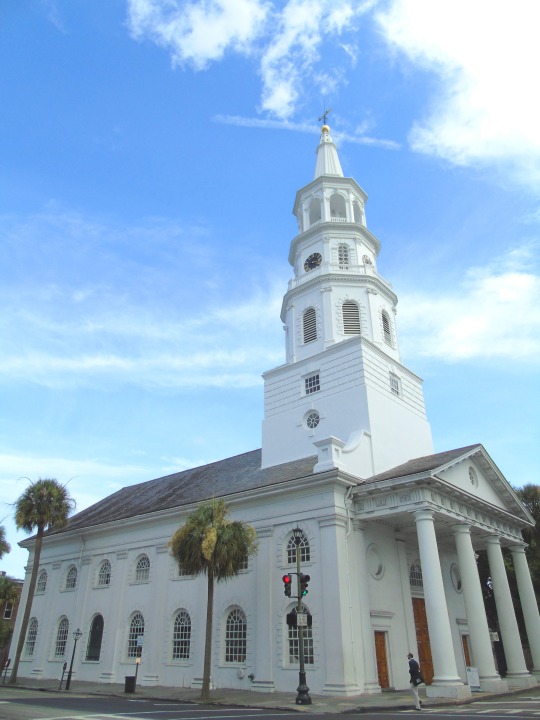


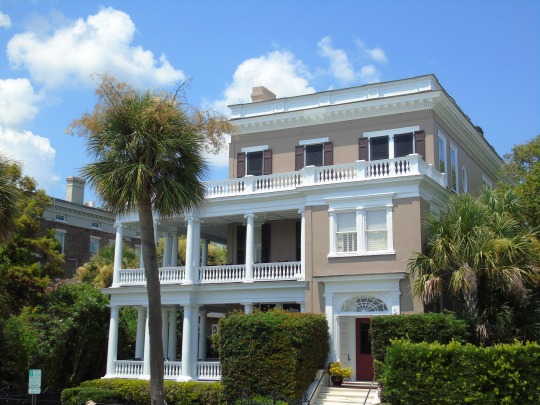
Clouds (No. 755)
Charleston, South Carolina
#Saint Michael's Church#St. Philips Church Episcopal West Cemetery#travel#Charleston#South Carolina#architecture#cityscape#tourist attraction#landmark#USA#original photography#blue sky#clouds#Cooper River#street scene#Southern USA#summer 2016#downtown#palm tree#nature
4 notes
·
View notes
Photo


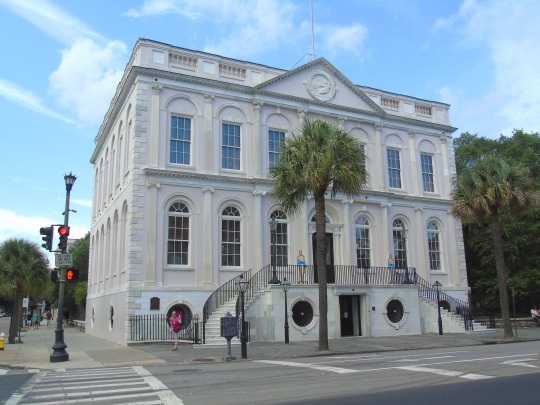

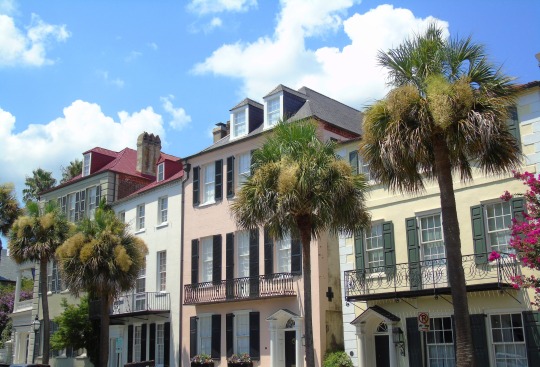

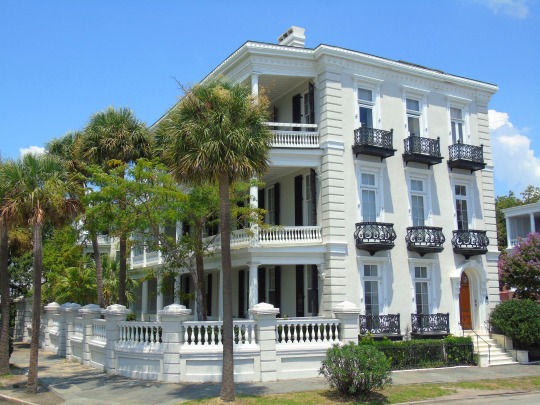


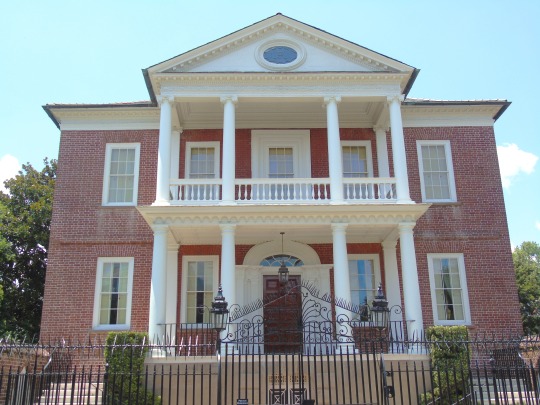
American Revolutionary War: In the largest defeat of the Continental Army, Charleston was taken by British forces on May 12, 1780.
#American Revolutionary War#American War of Independence#Charleston#captured#12 May 1780#anniversary#US history#City Hall#architecture#cityscape#original photography#summer 2016#tourist attraction#vacation#St. Philips Church Episcopal West Cemetery#South Carolina#Louis DeSaussure House#Miles Brewton House#Cathedral of St John the Baptist#Unitarian Church#St. Philip's Episcopal Church
4 notes
·
View notes
Text
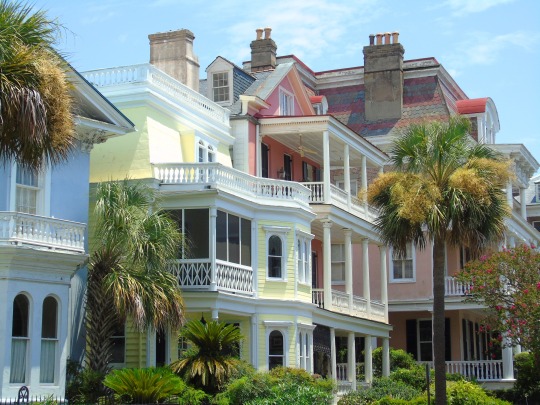

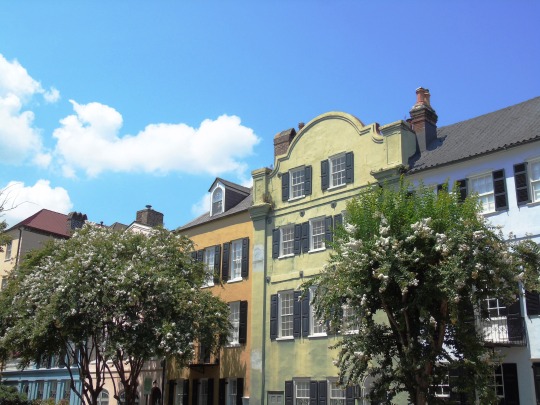
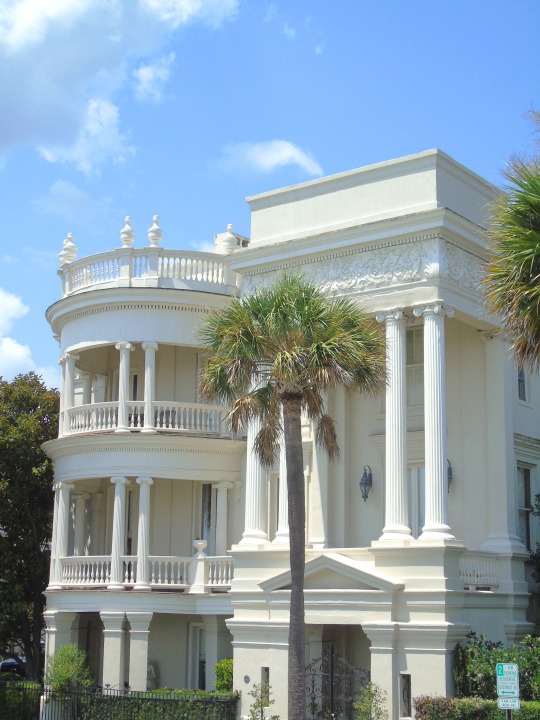
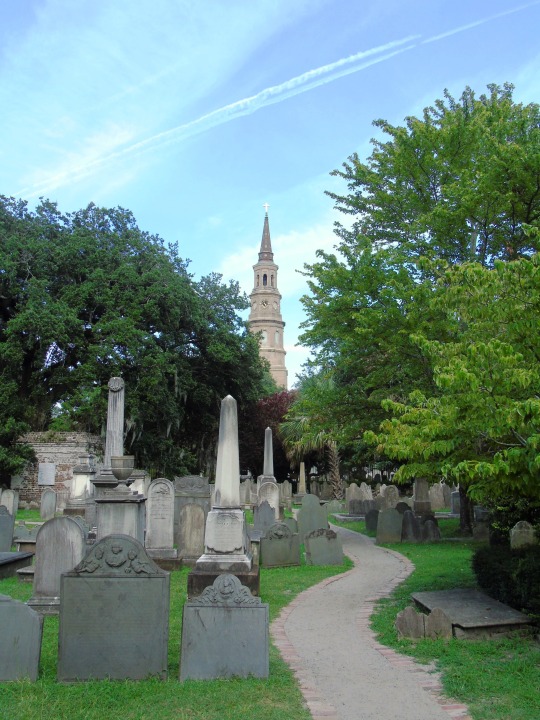

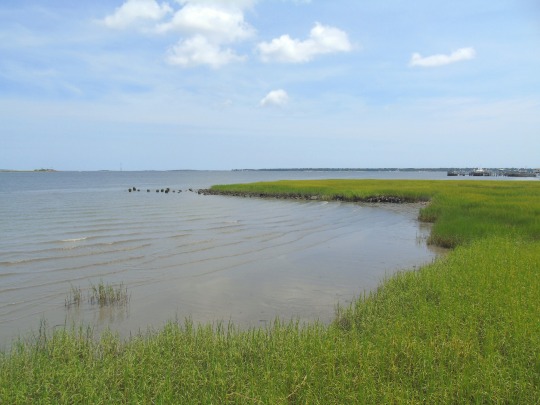
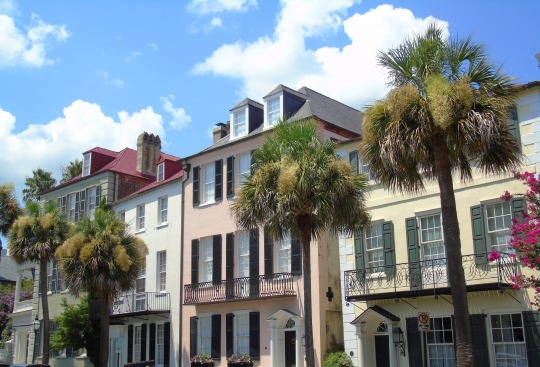




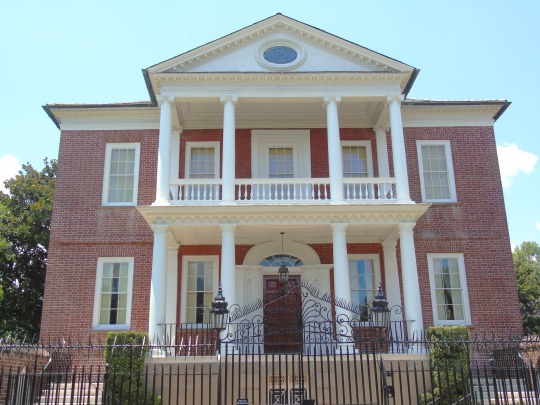



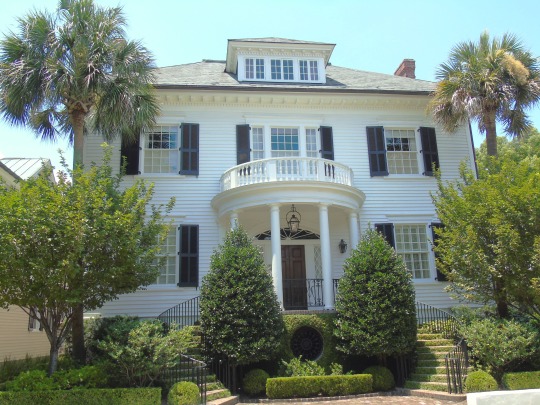
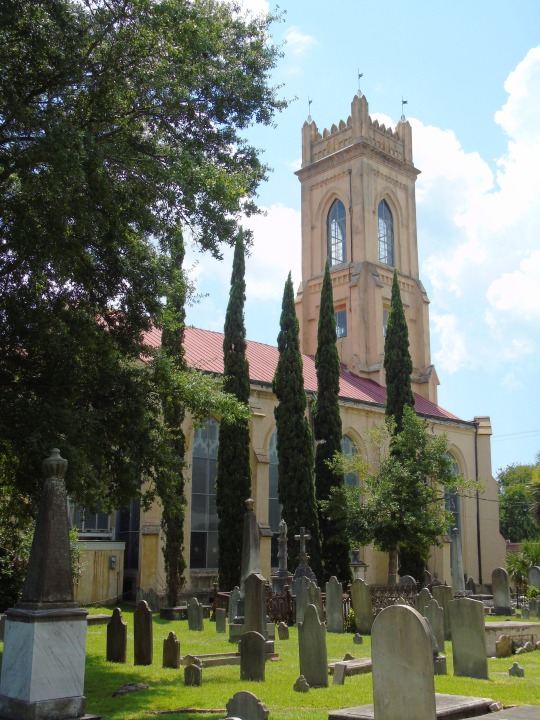
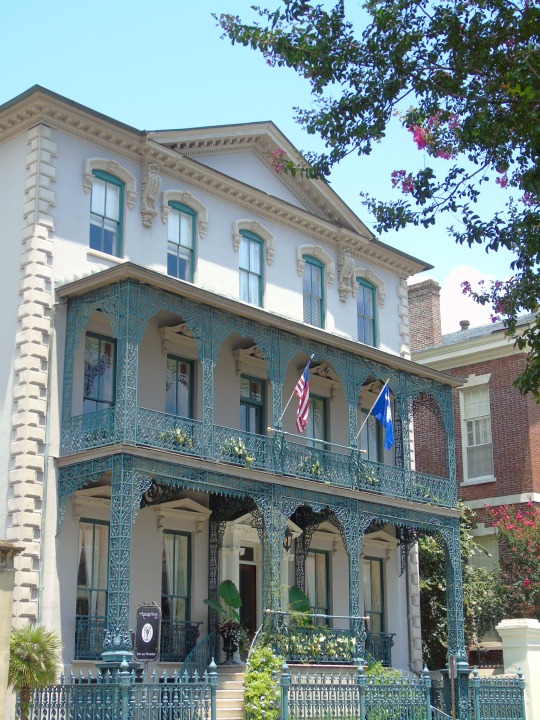
The American Revolutionary War officially ended with the liberation of Charleston on December 14, 1782.
#1782.#Louis DeSaussure House#Miles Brewton House#architecture#cityscape#USA#American Revolutionary War#American War of Independence#ended#14 December 1782#anniversary#US history#tourist attraction#landmark#city hall#Unitarian Church#St. Philips Church Episcopal West Cemetery#Cathedral of St John the Baptist#Col. John Ashe House#South Carolina#summer 2016#travel#original photography#vacation
0 notes
Photo
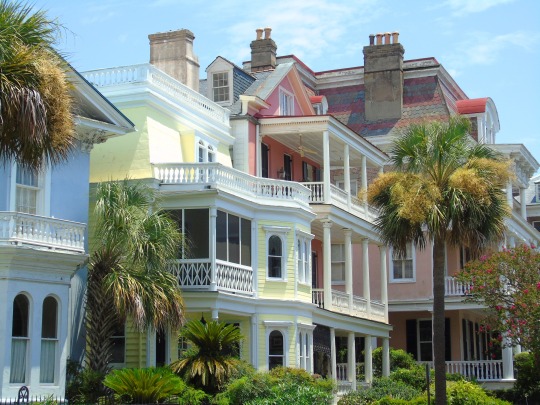
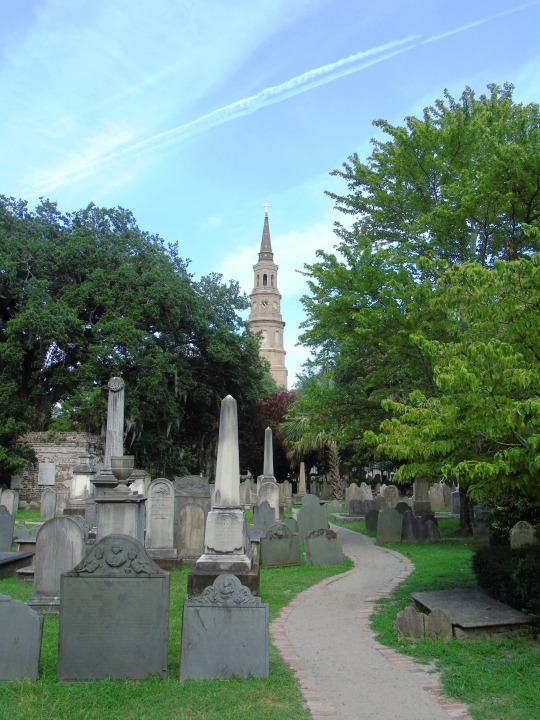


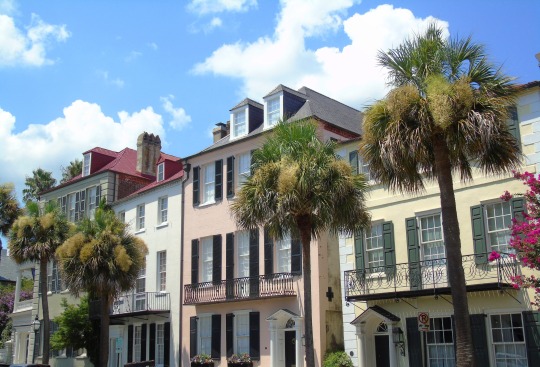
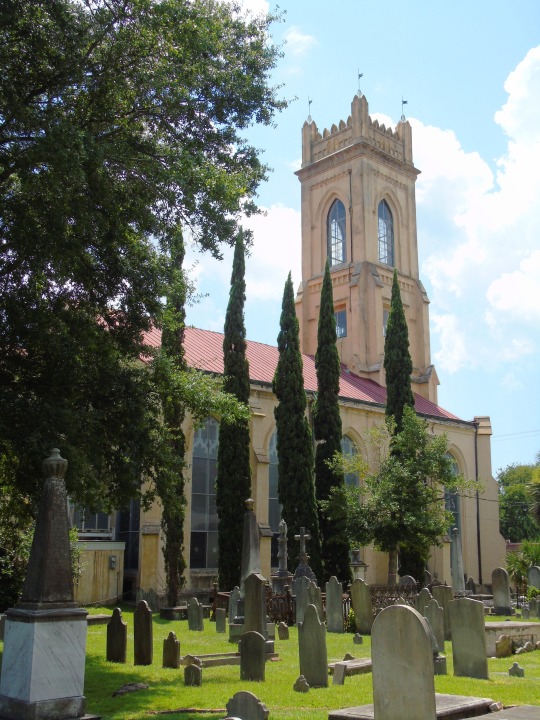

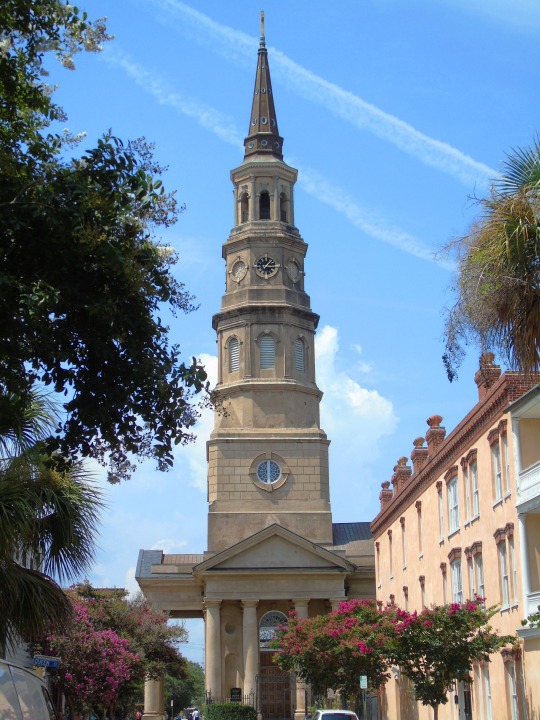
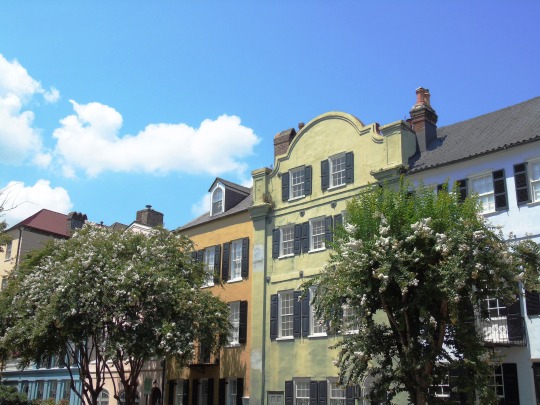

American Revolutionary War: In the largest defeat of the Continental Army, Charleston was taken by British forces on May 12, 1780.
#St. Philips Church Episcopal West Cemetery#city hall#Cathedral of St John the Baptist#Unitarian Church#Louis DeSaussure House#St. Philip's Episcopal Church#Miles Brewton House#American Revolutionary War#American War of Independence#Charleston#taken#British forces#12 May 1780#anniversary#US history#architecture#cityscape#travel#vacation#summer 2016#original photography#tourist attraction#landmark#USA#South Carolina#Southeastern Region
0 notes
Photo
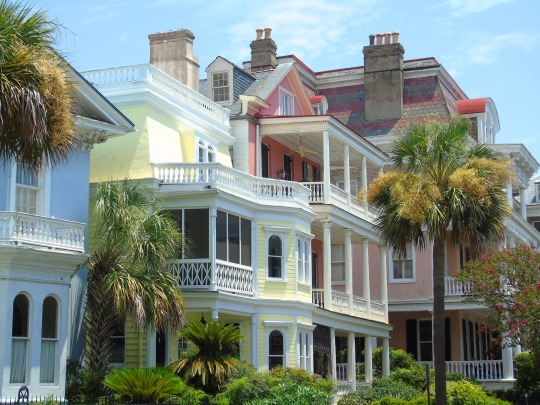
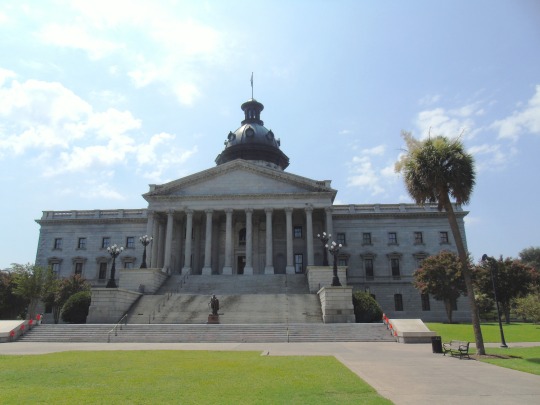
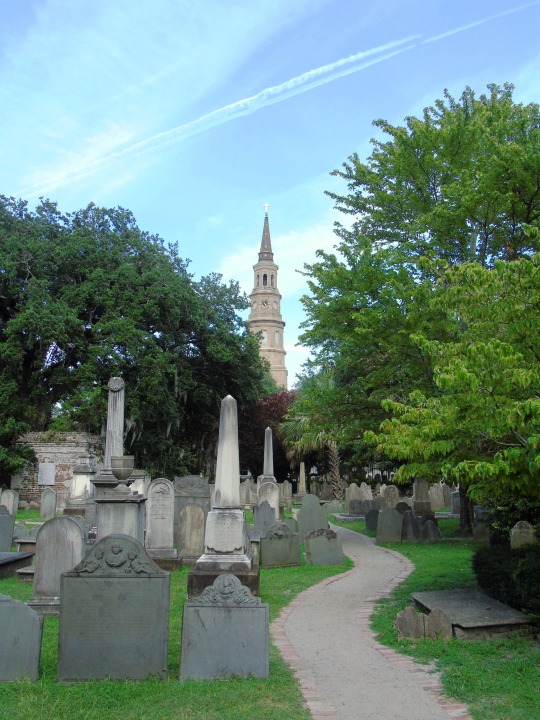

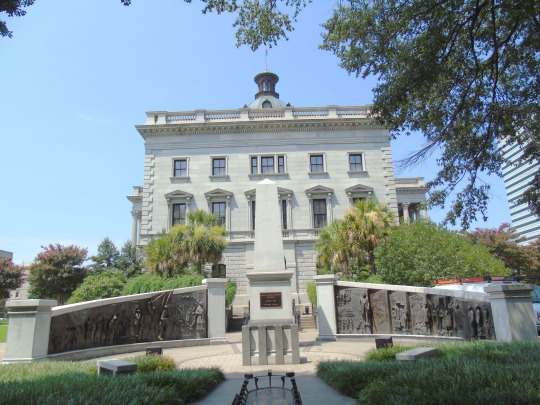

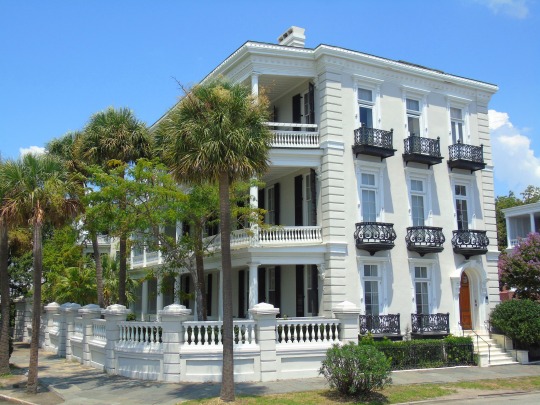

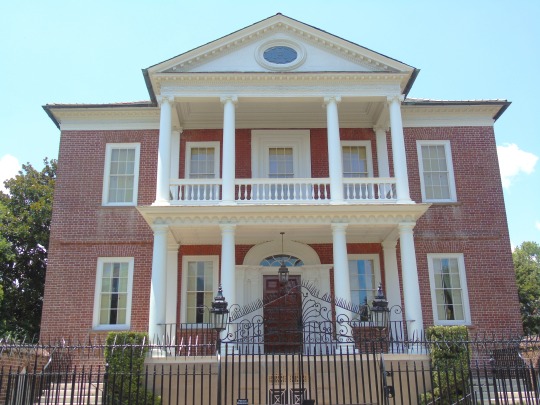

South Carolina ratified the United States Constitution as the eighth American state on May 23, 1788.
#St. Philips Church Episcopal West Cemetery#South Carolina#US Constitution#8th US State#23 May 1788#anniversary#US history#Charleston#travel#summer 2016#original photography#architecture#cityscape#Miles Brewton House#Louis DeSaussure House#Unitarian Church#North Augusta#Savannah River#South Carolina State House#Columbia#African-American History Monument by Ed Dwight
0 notes